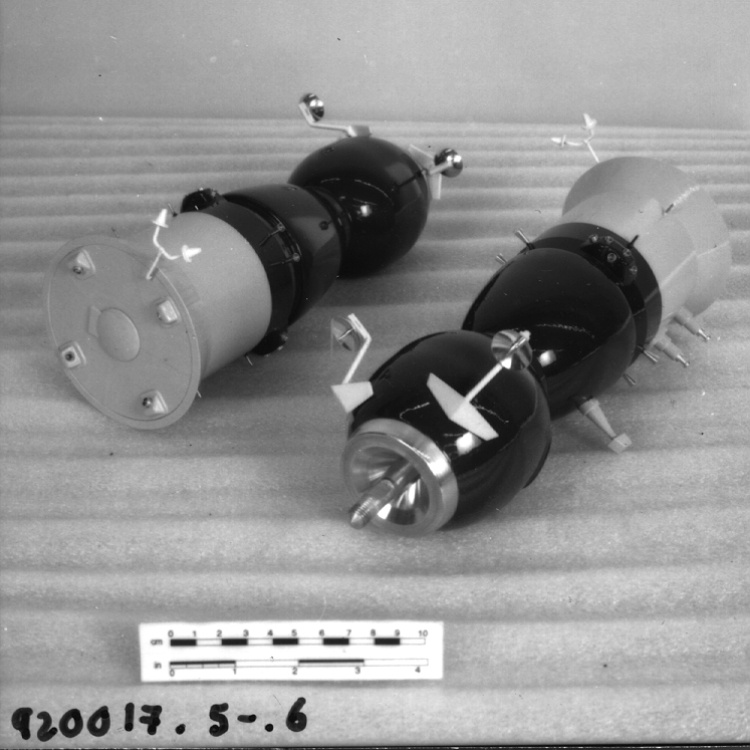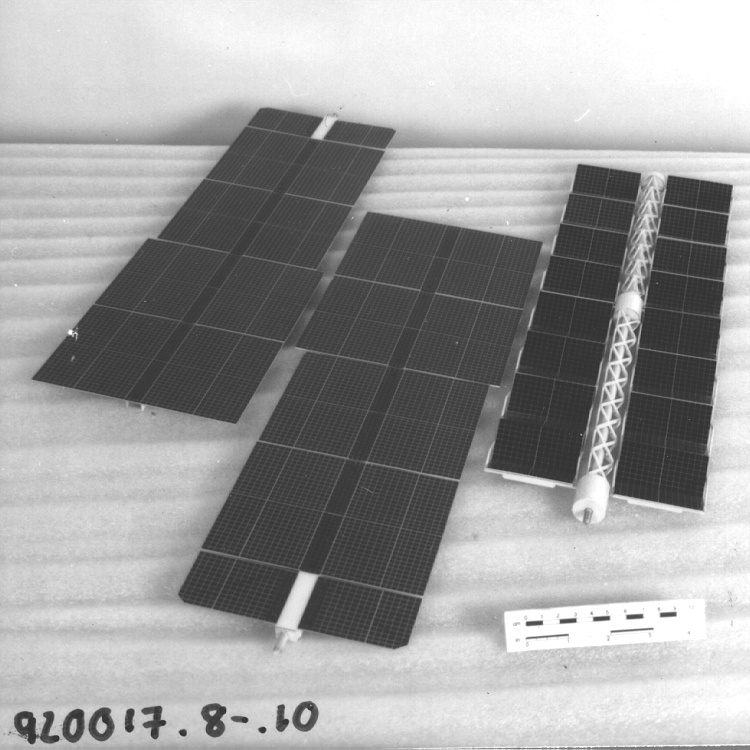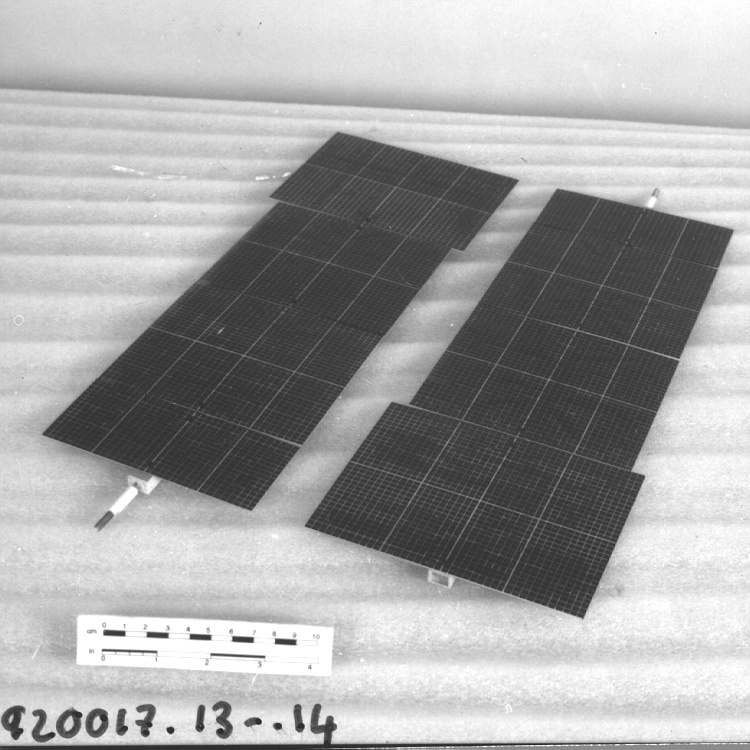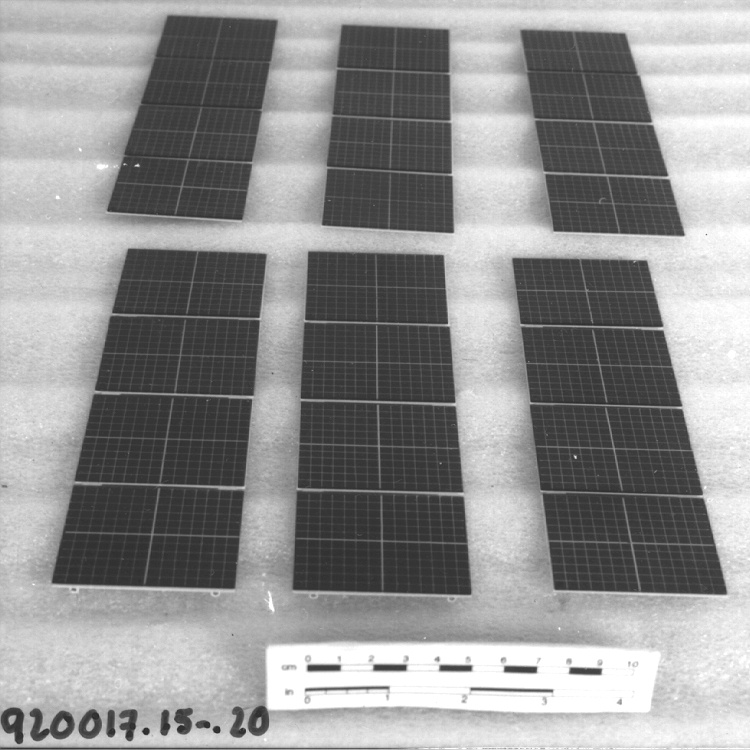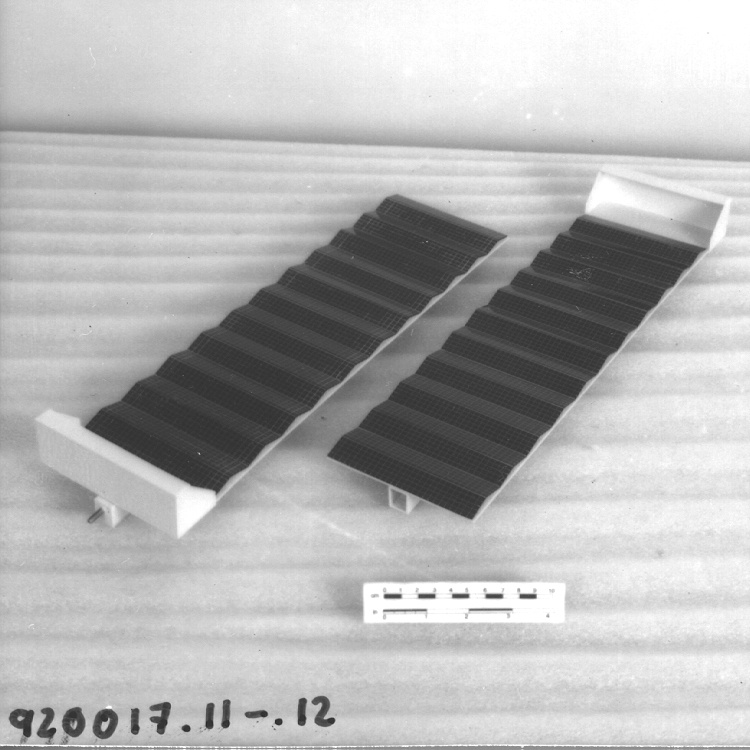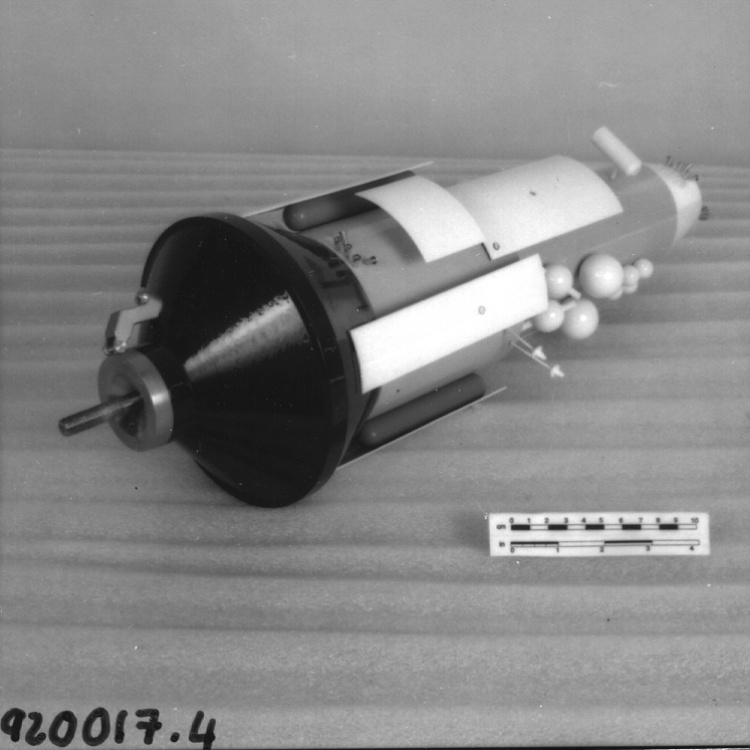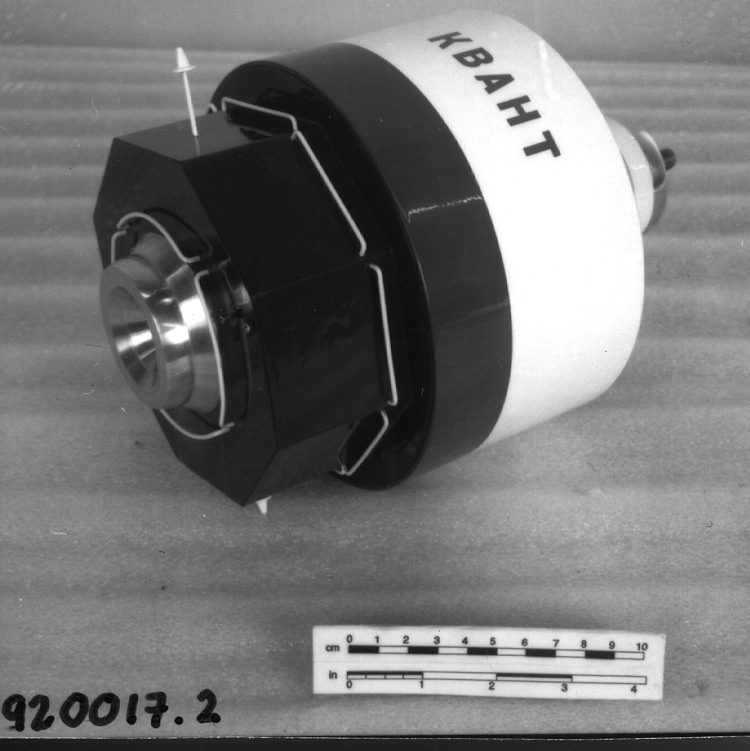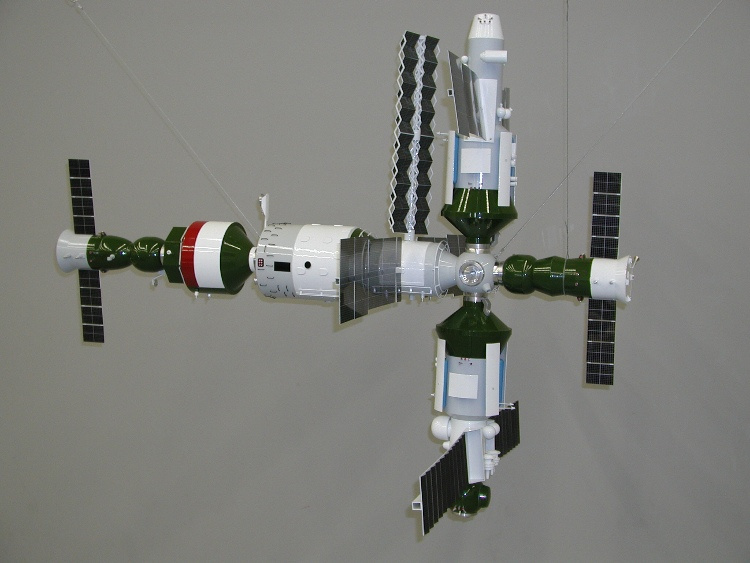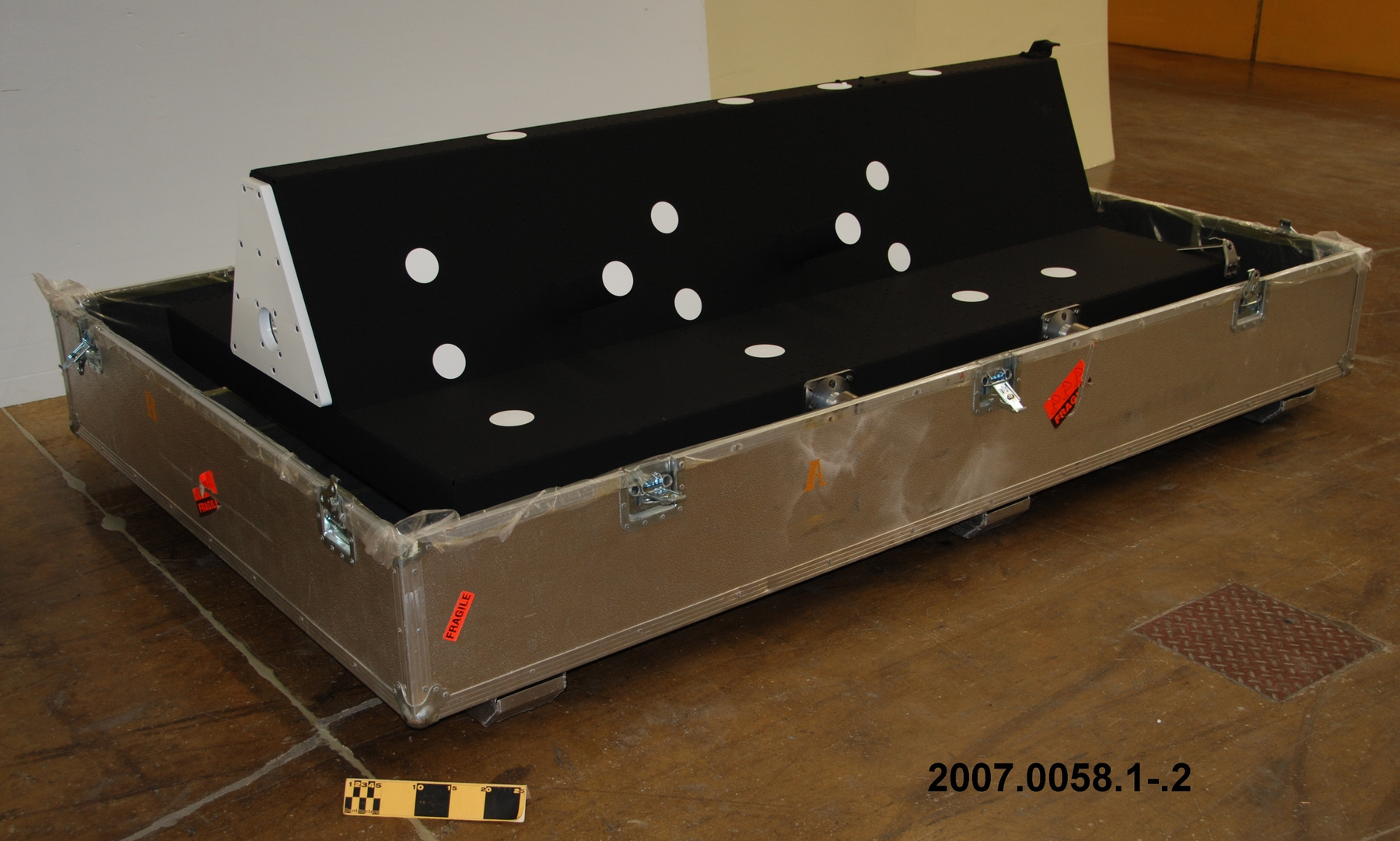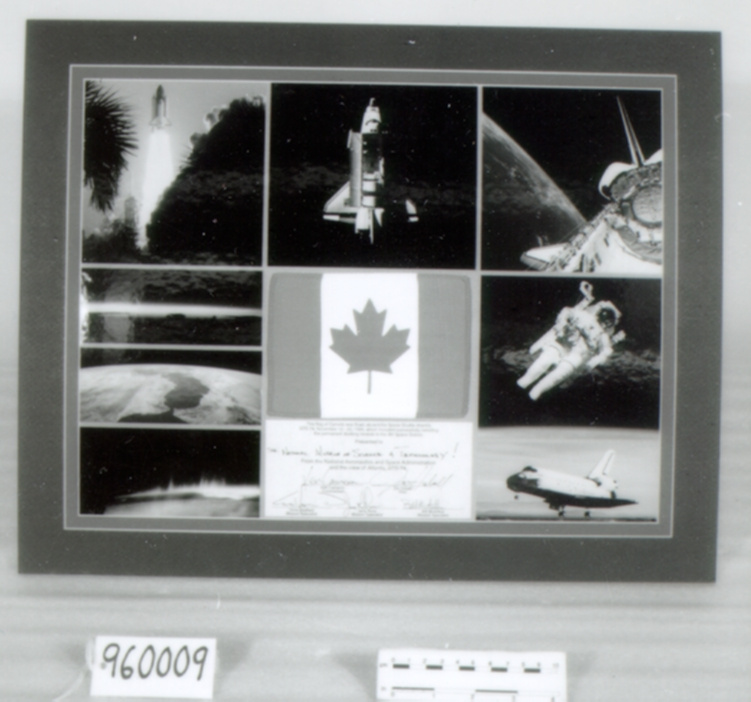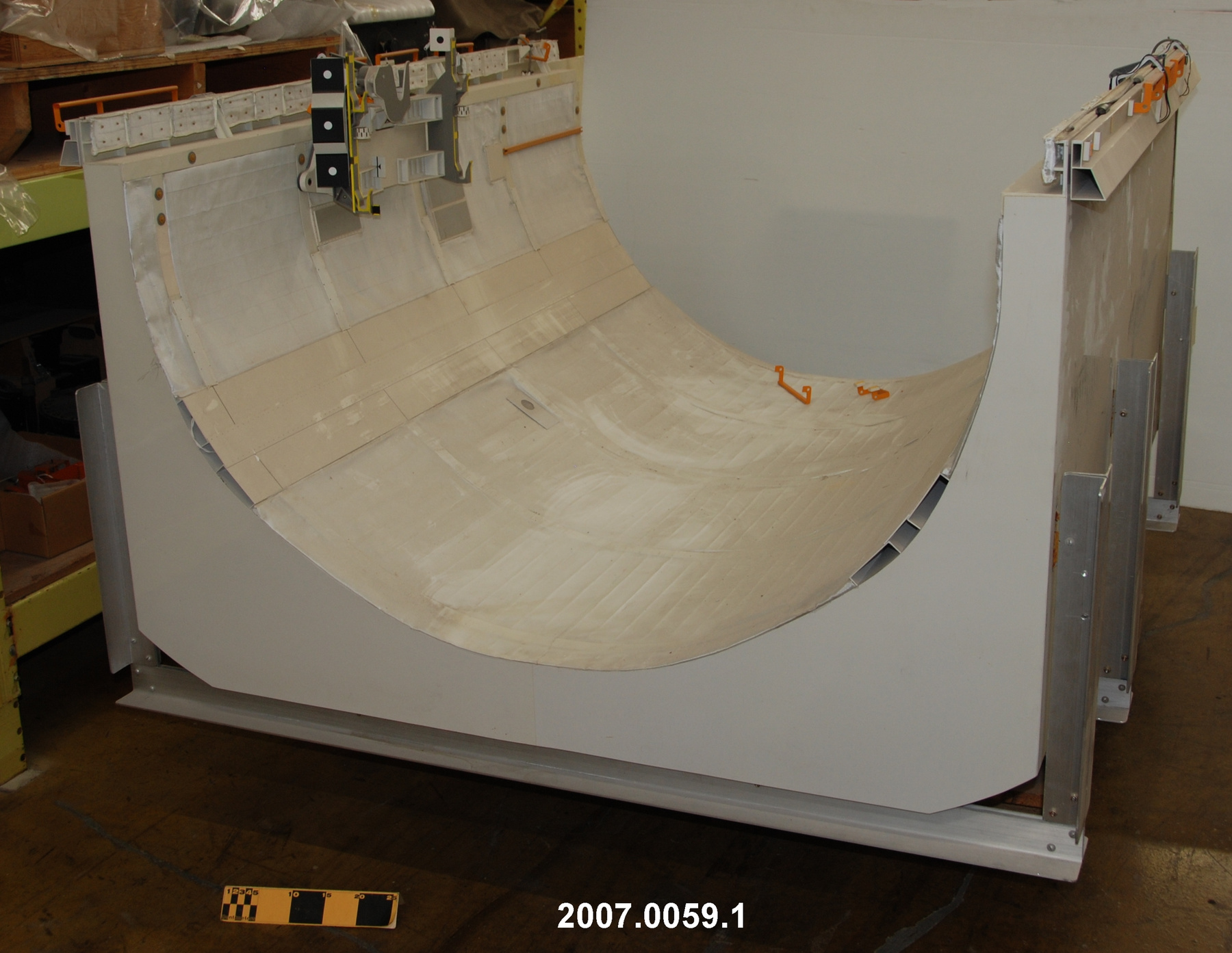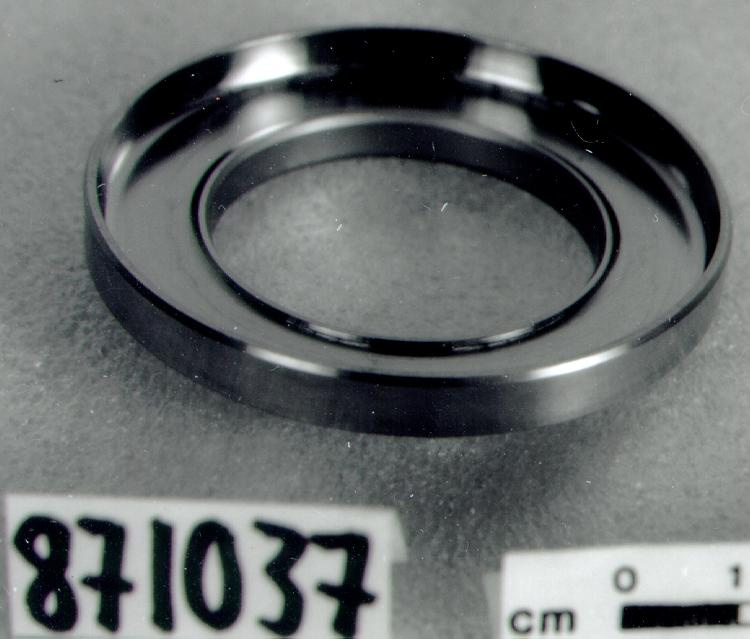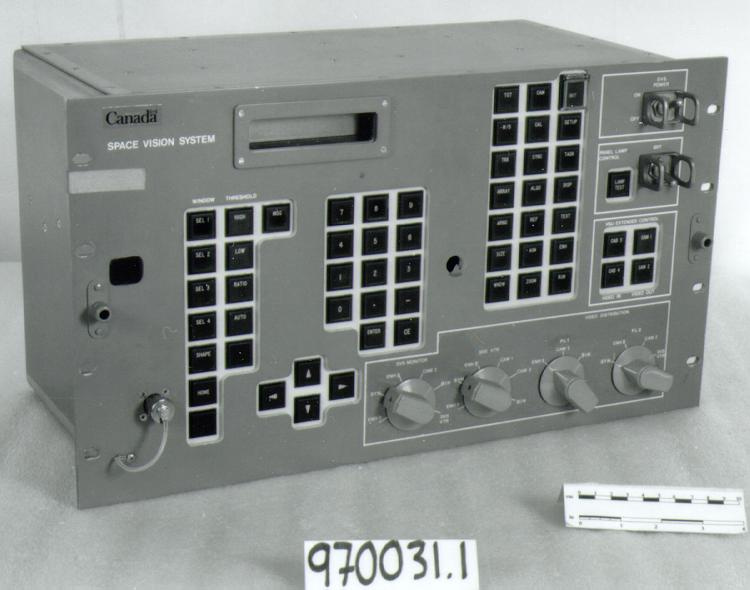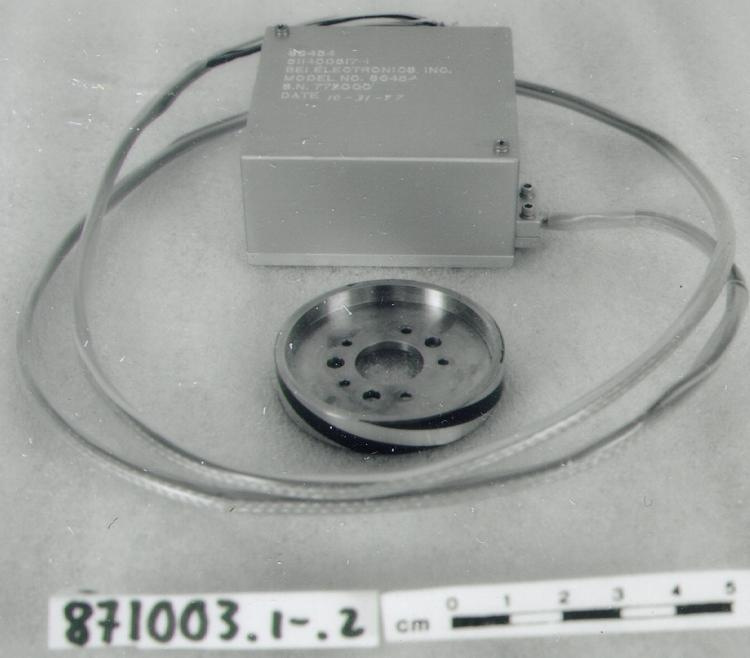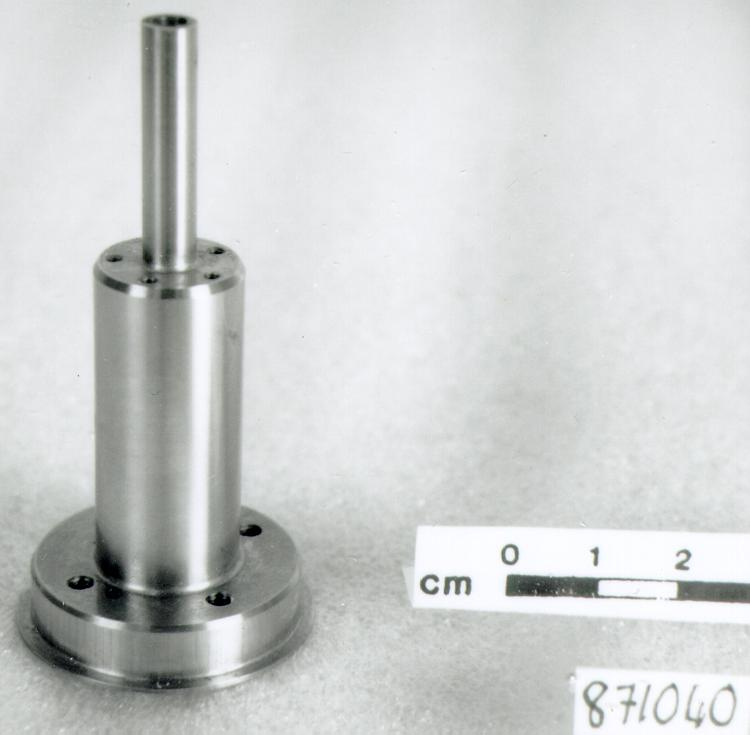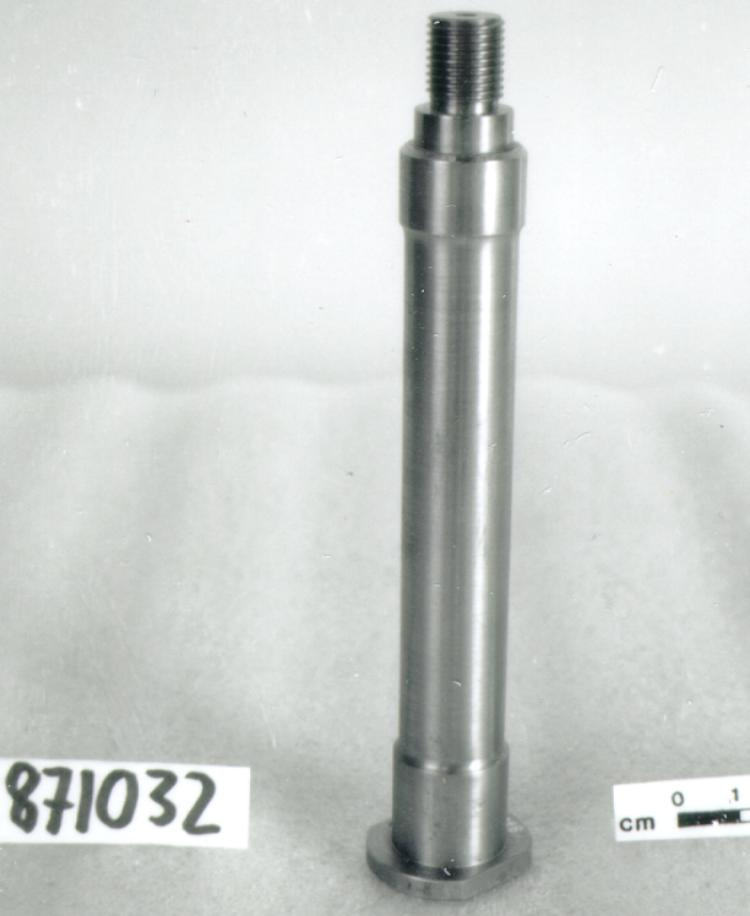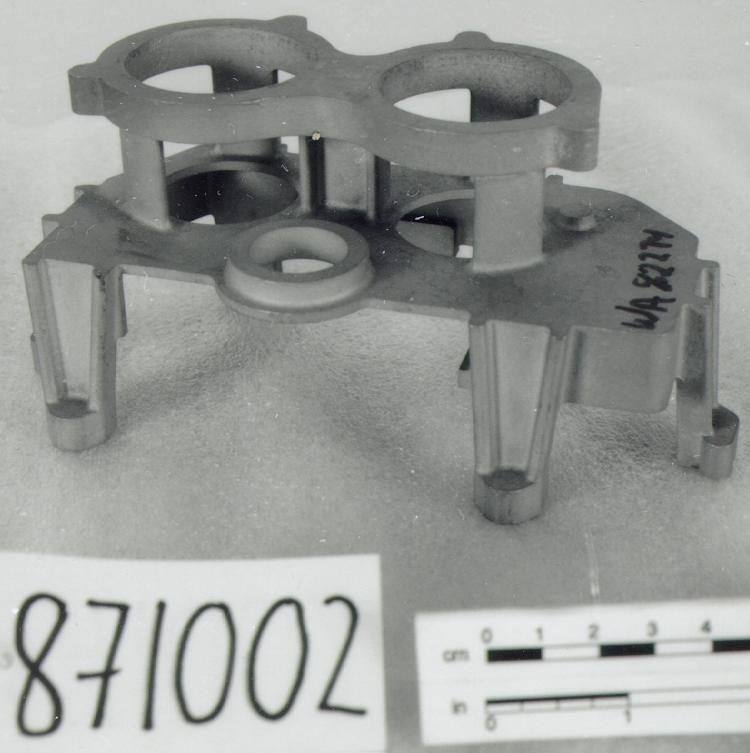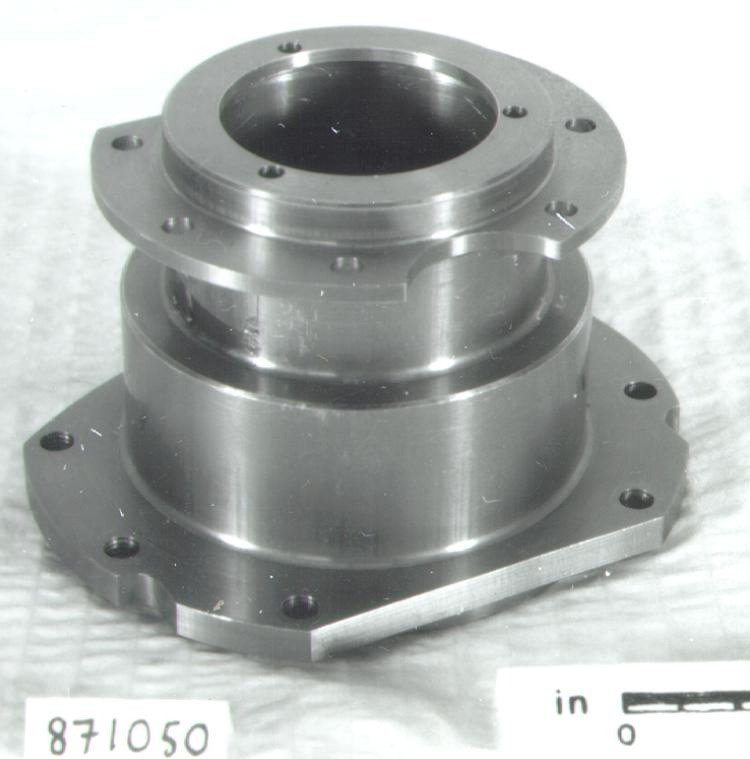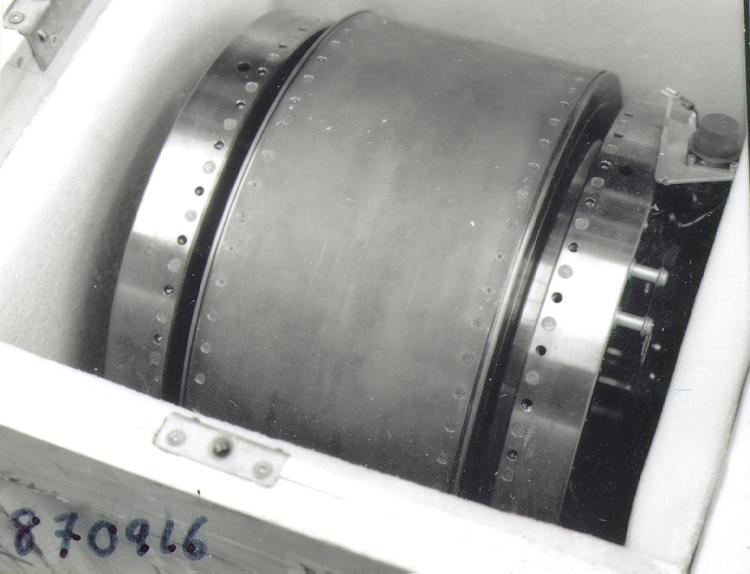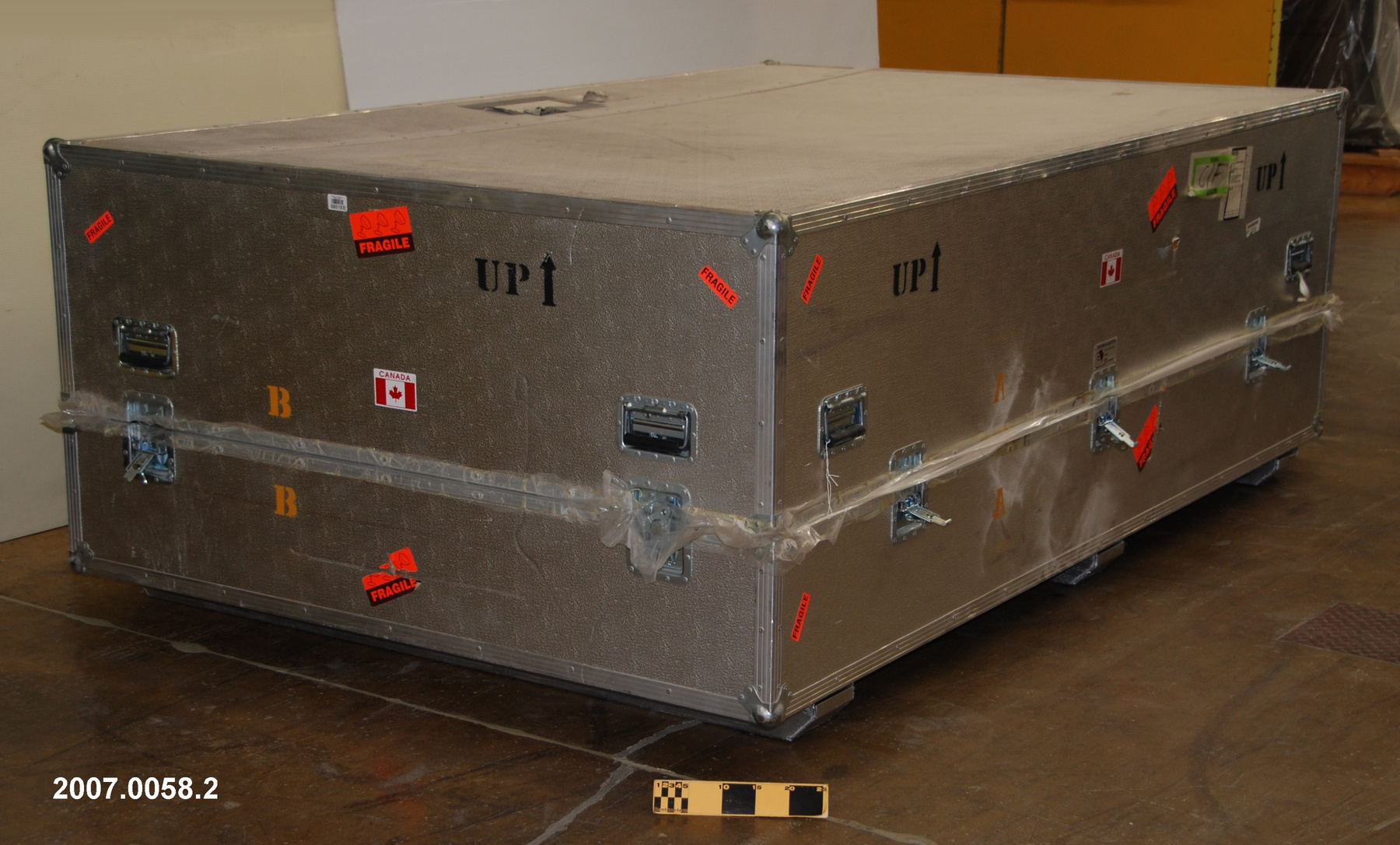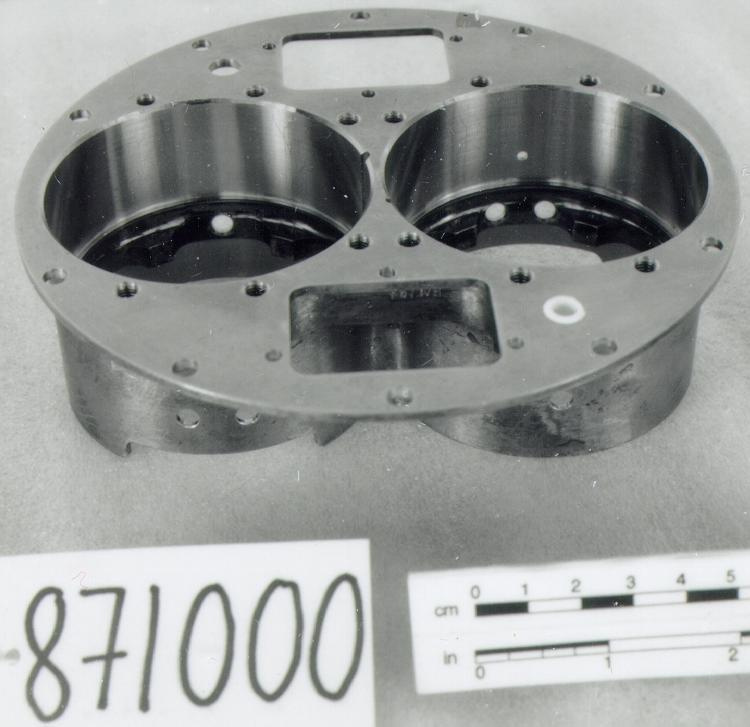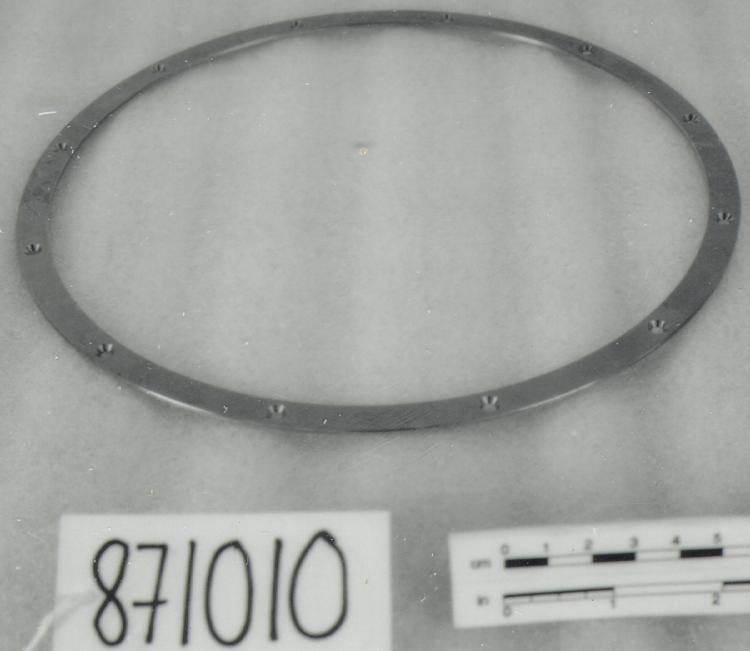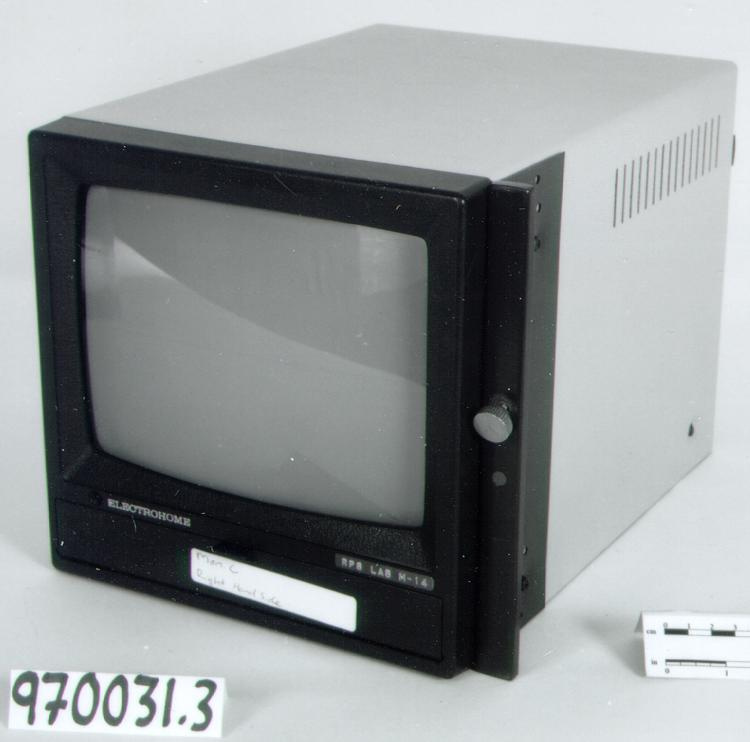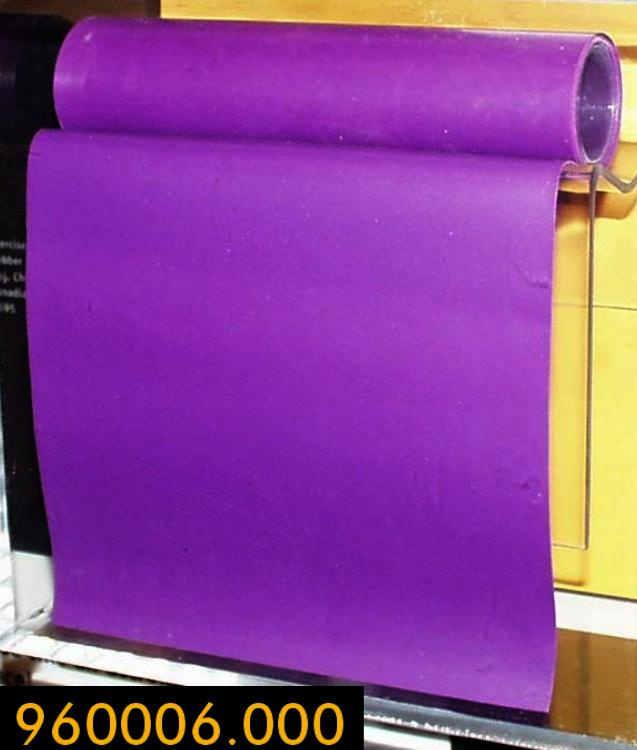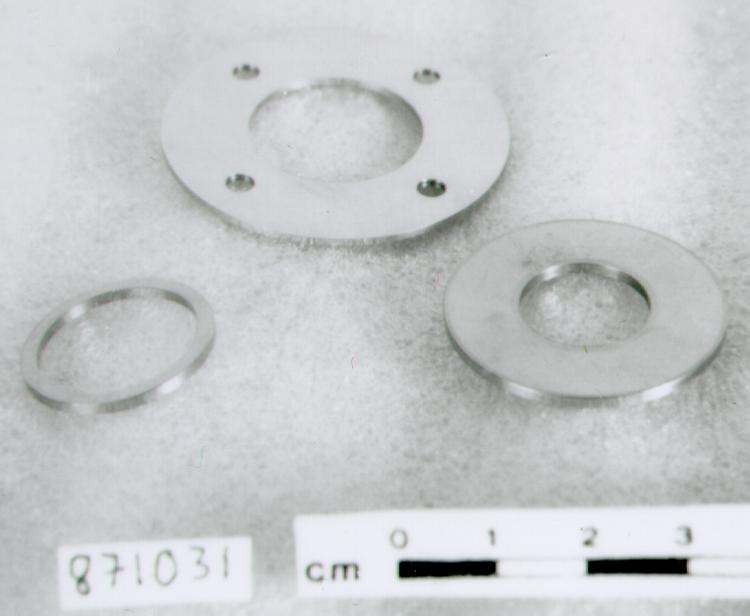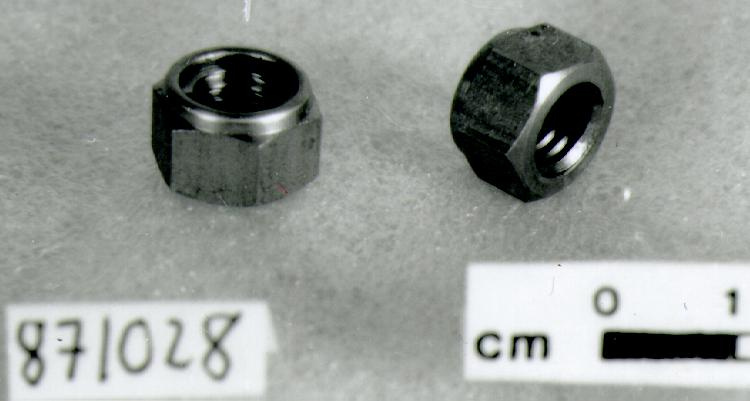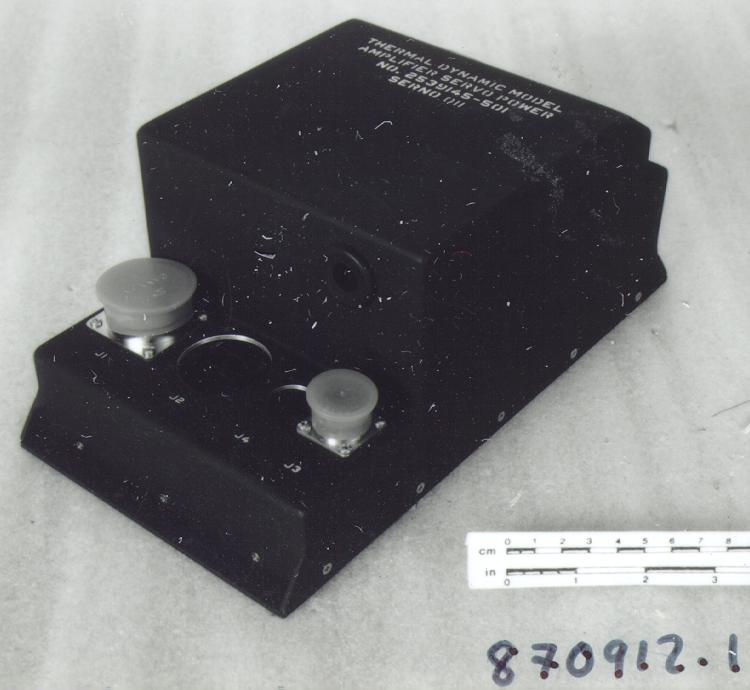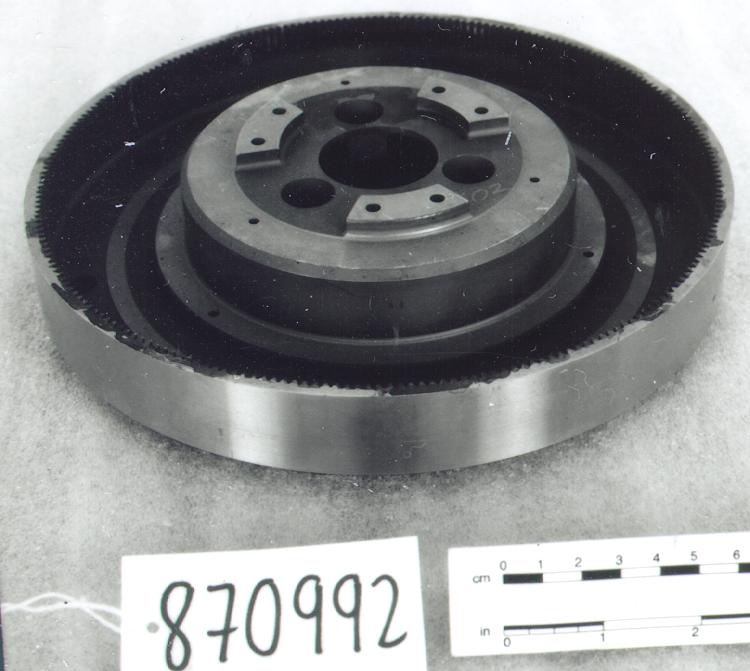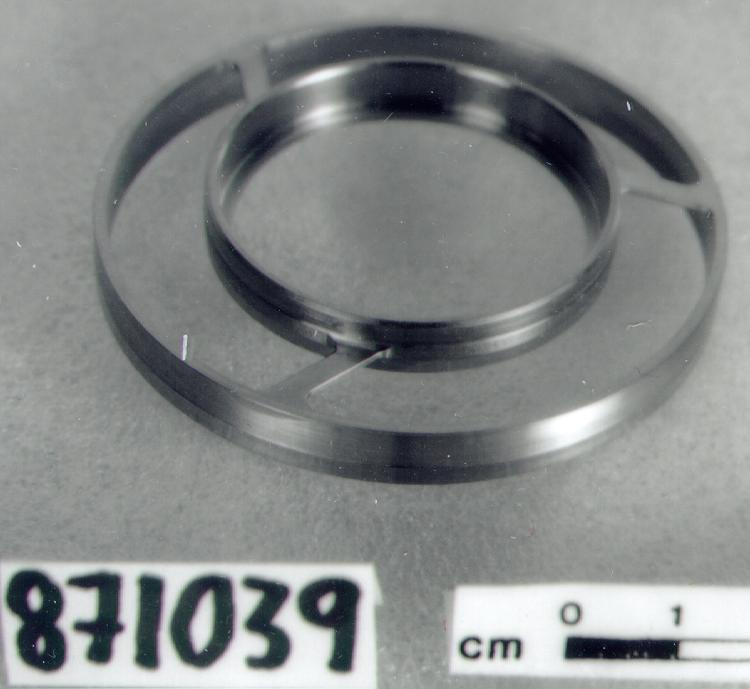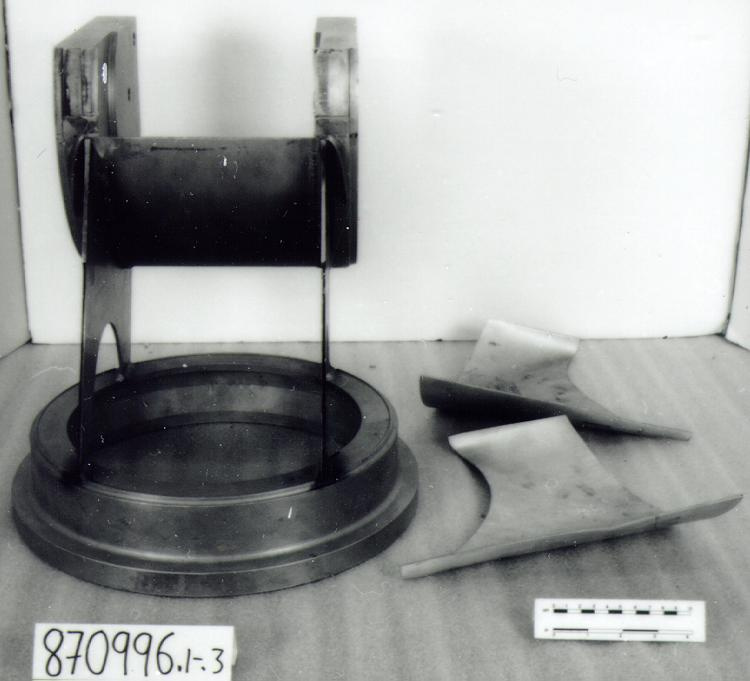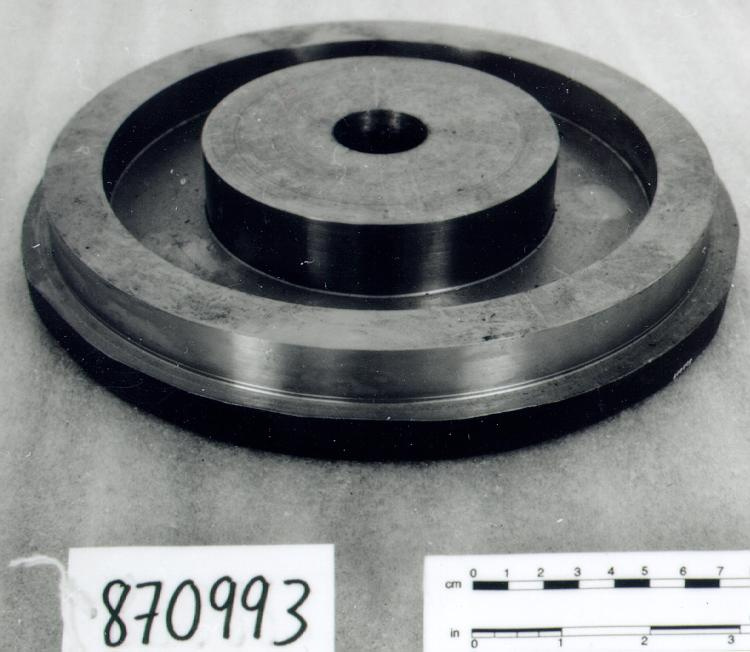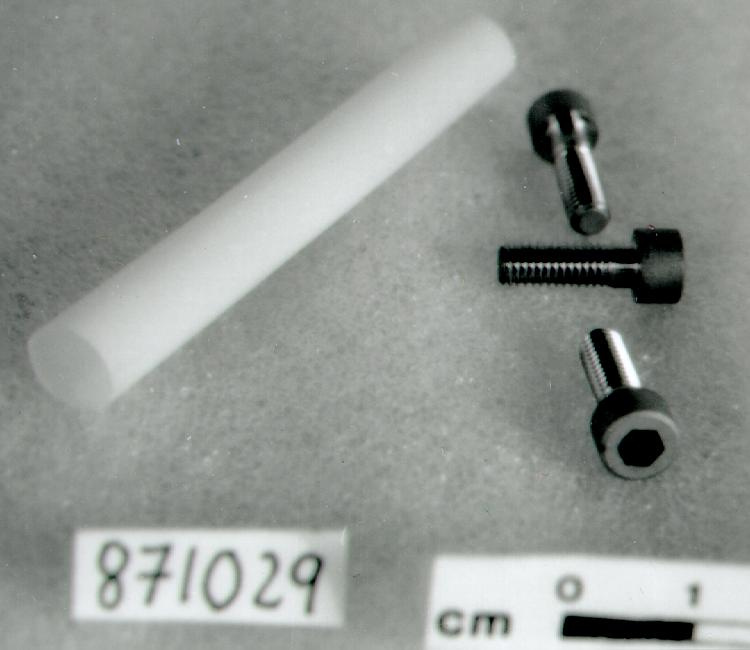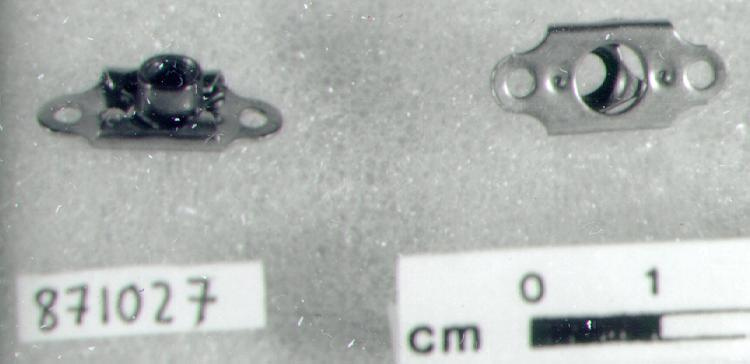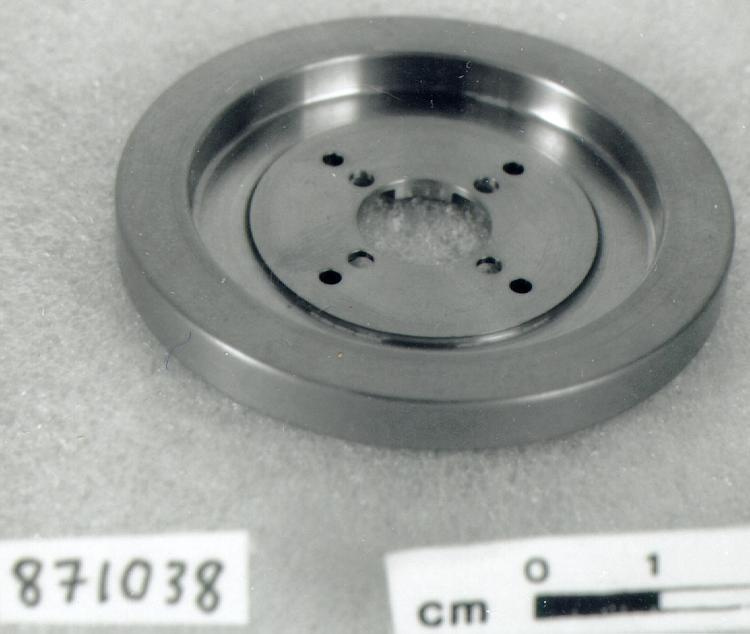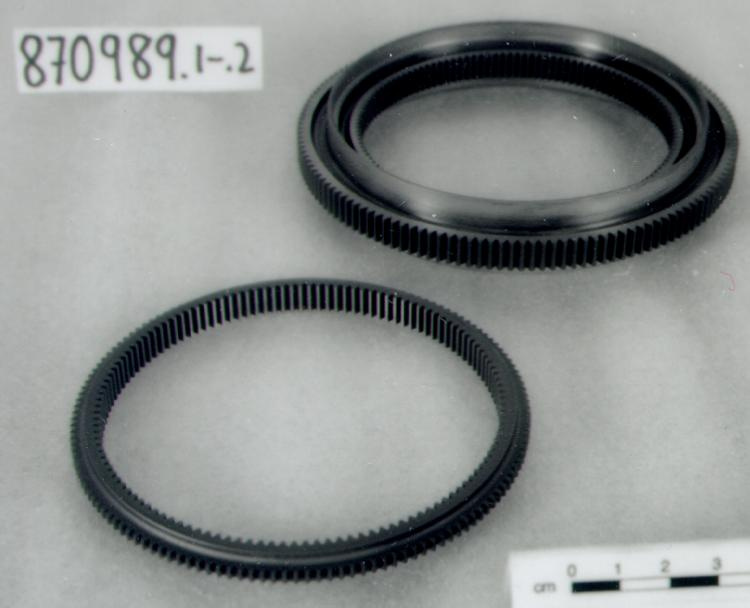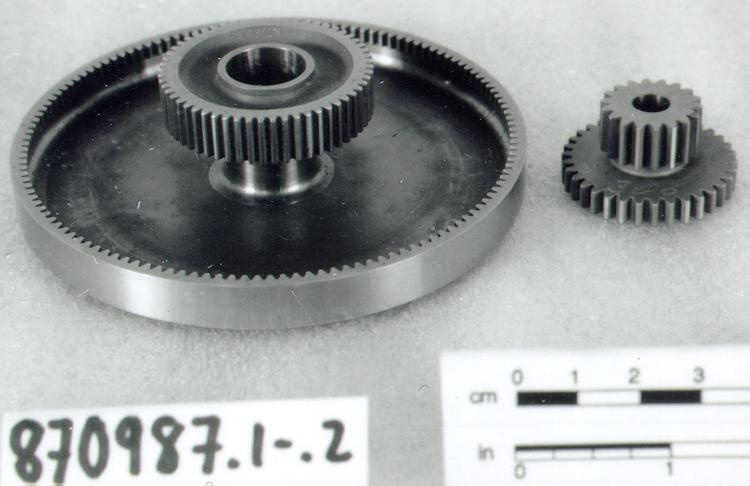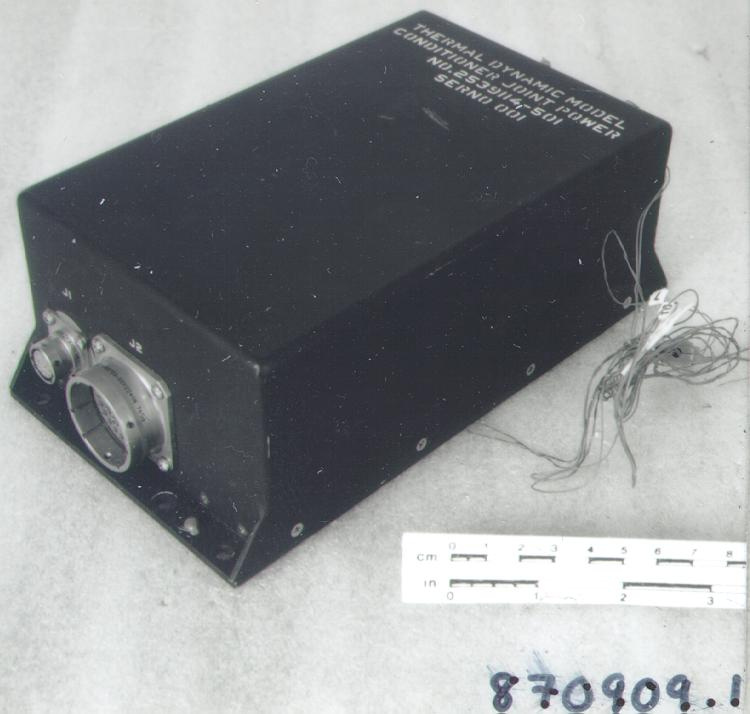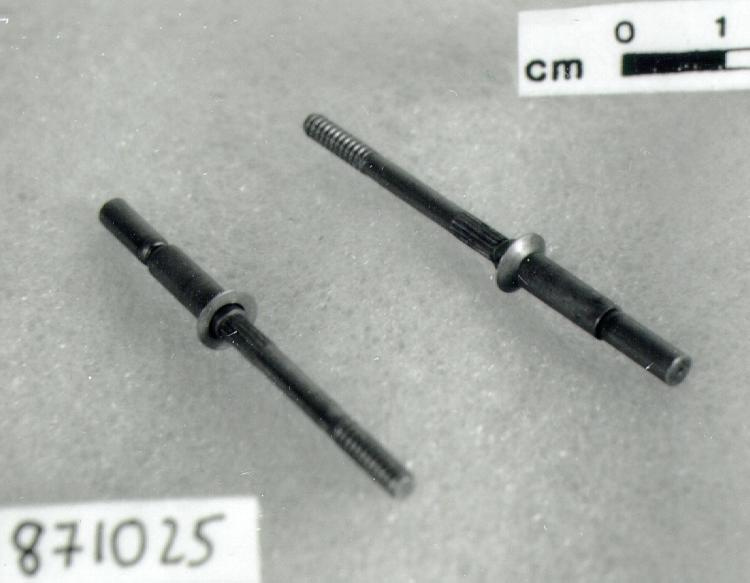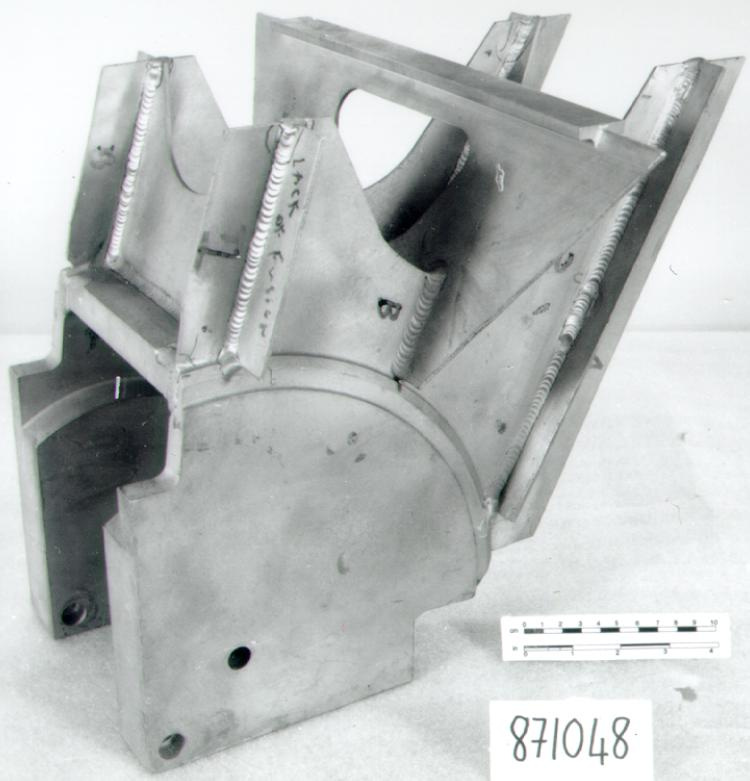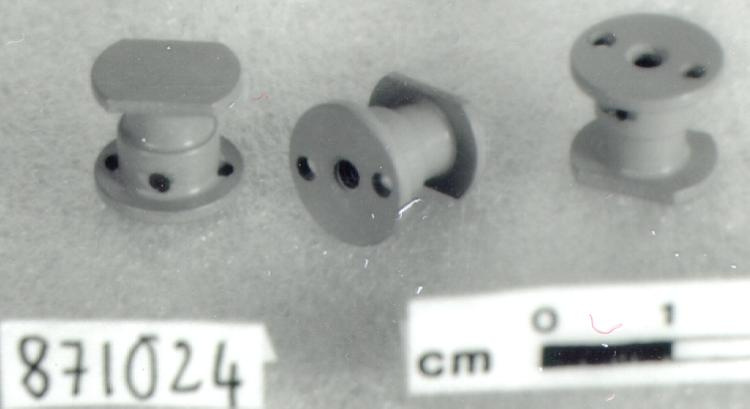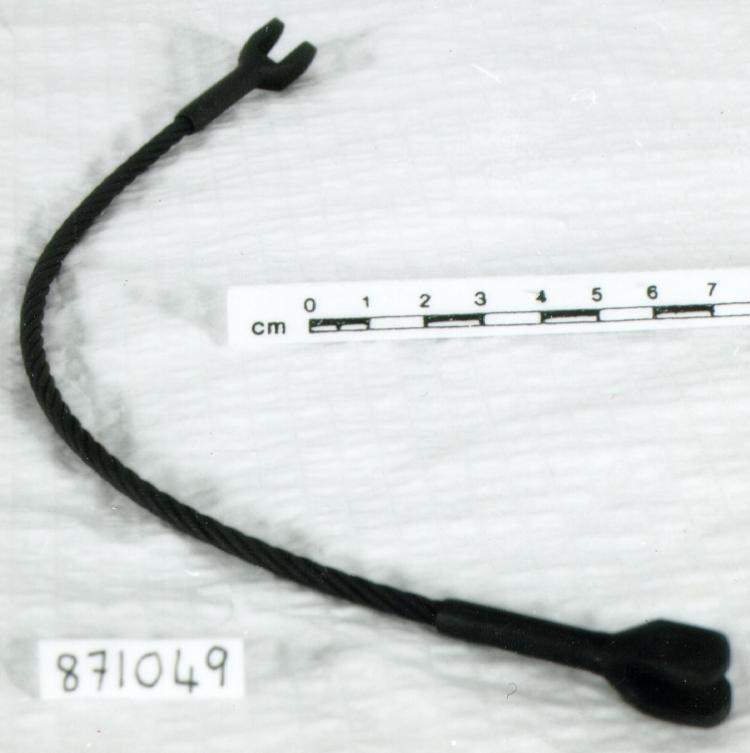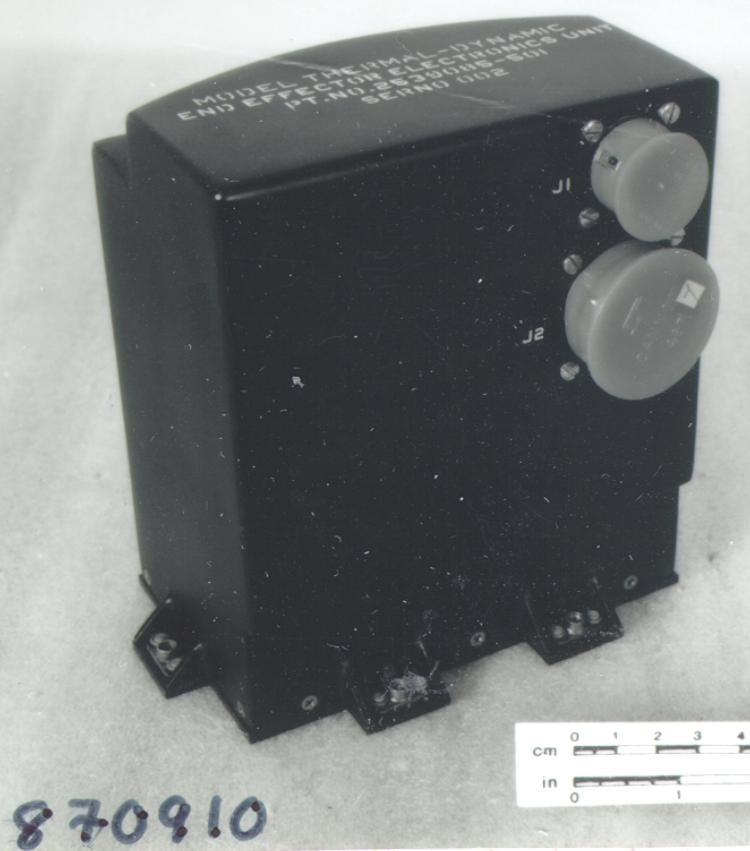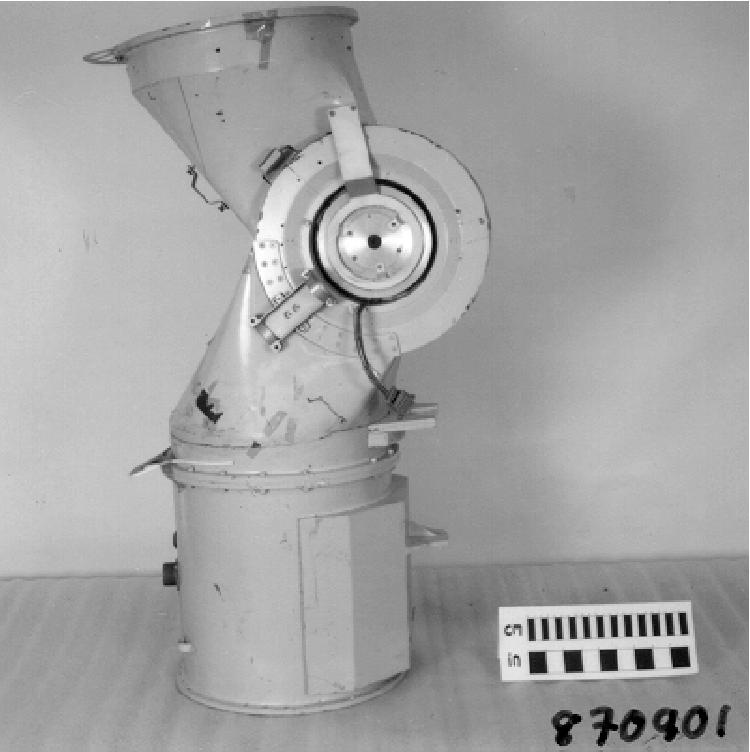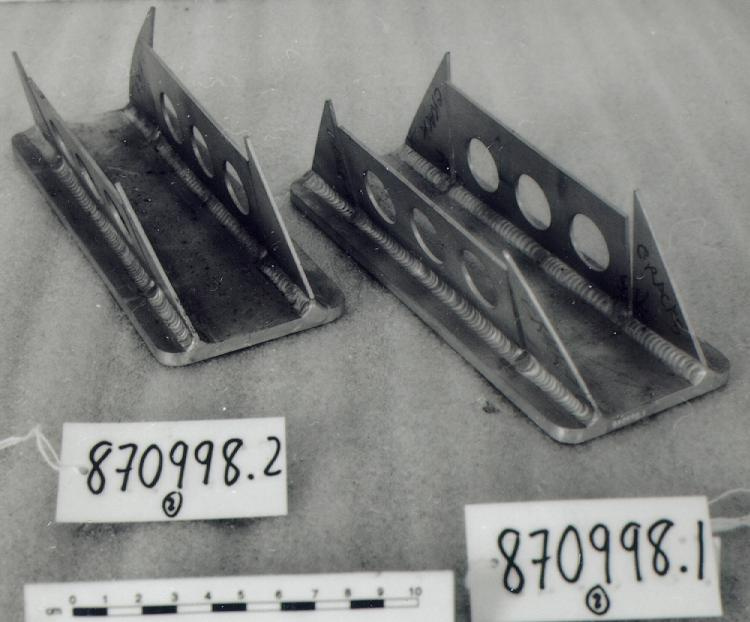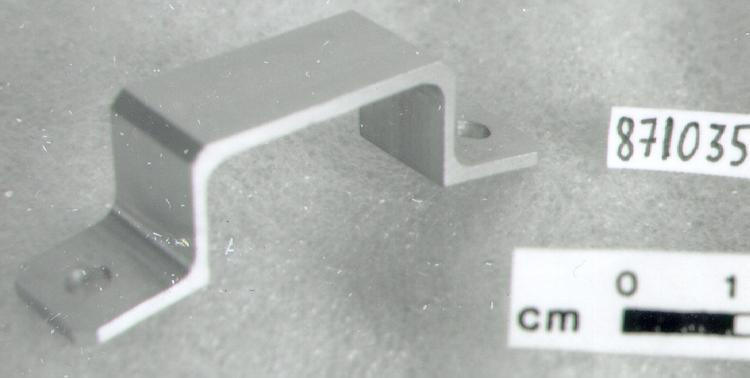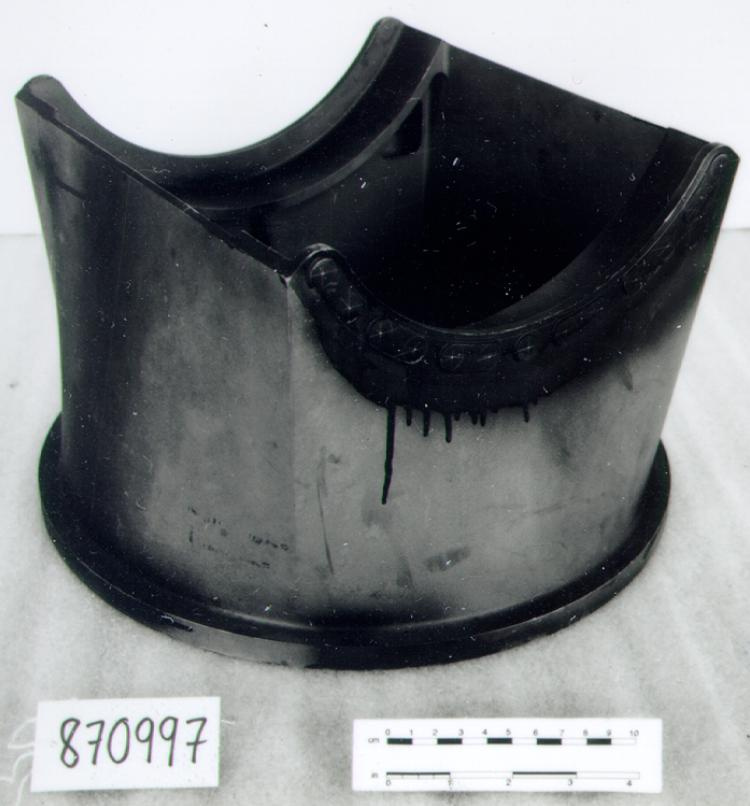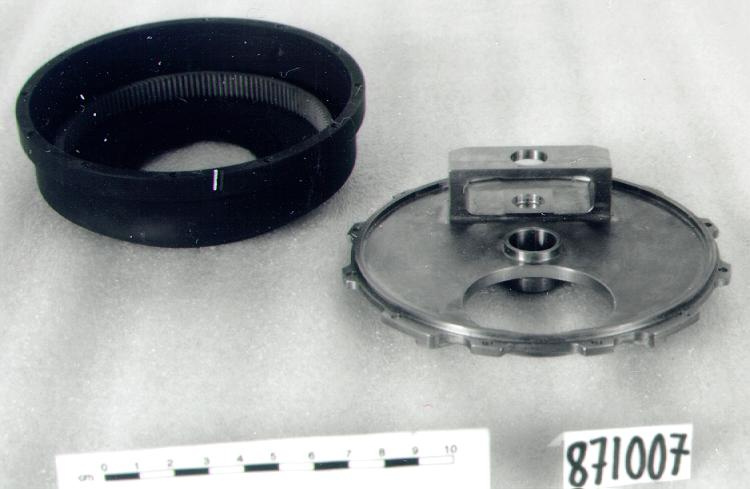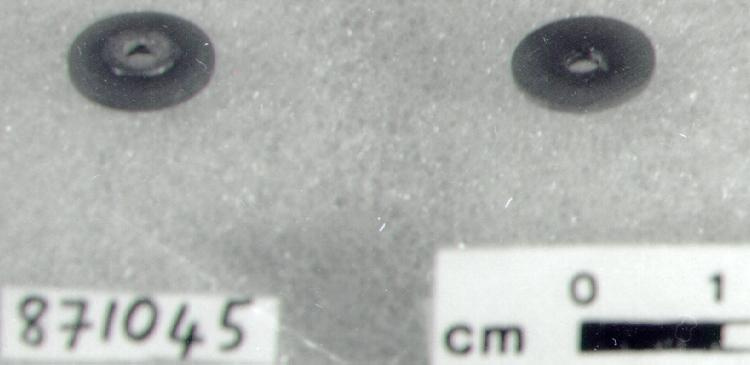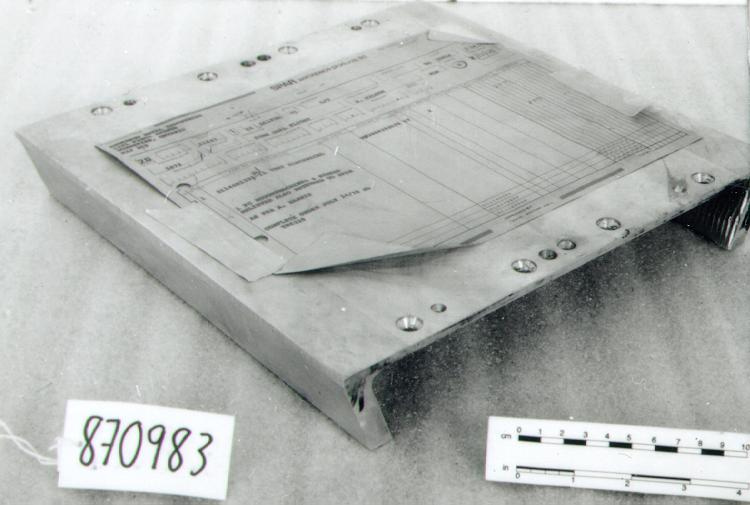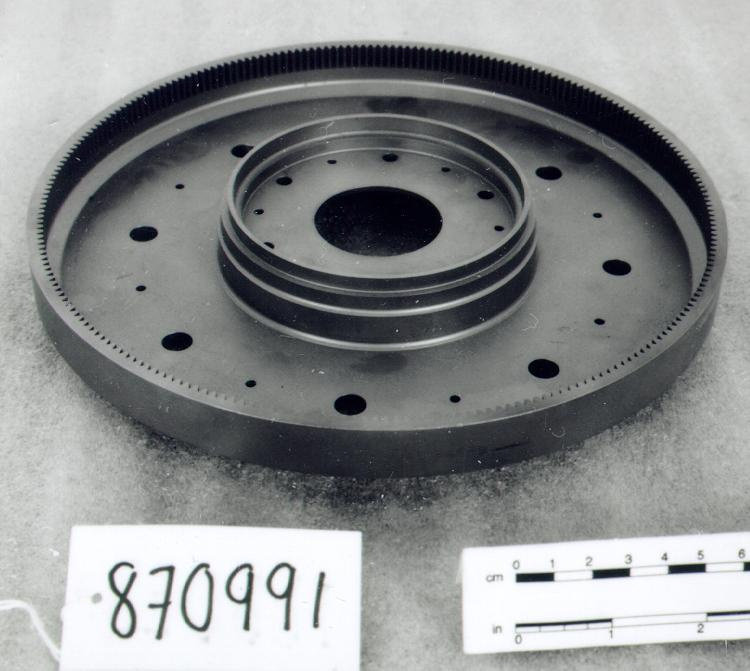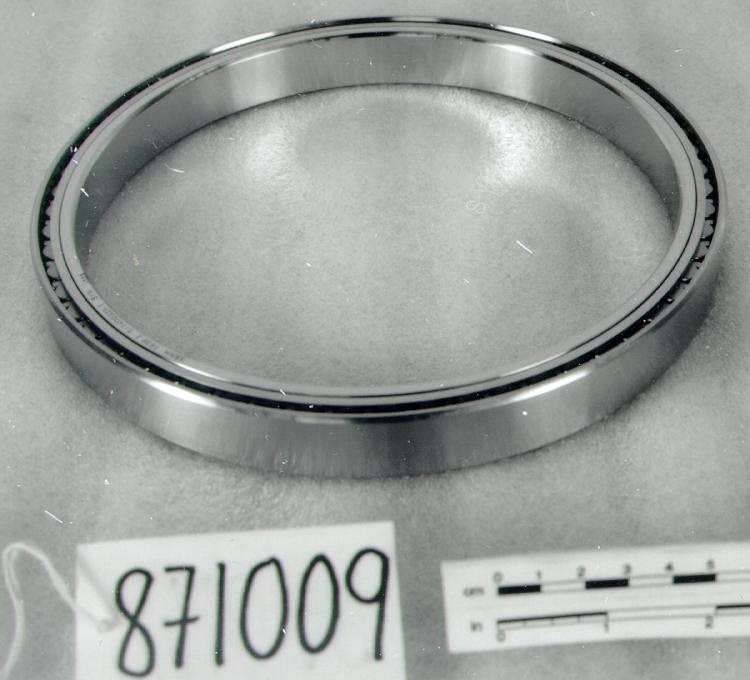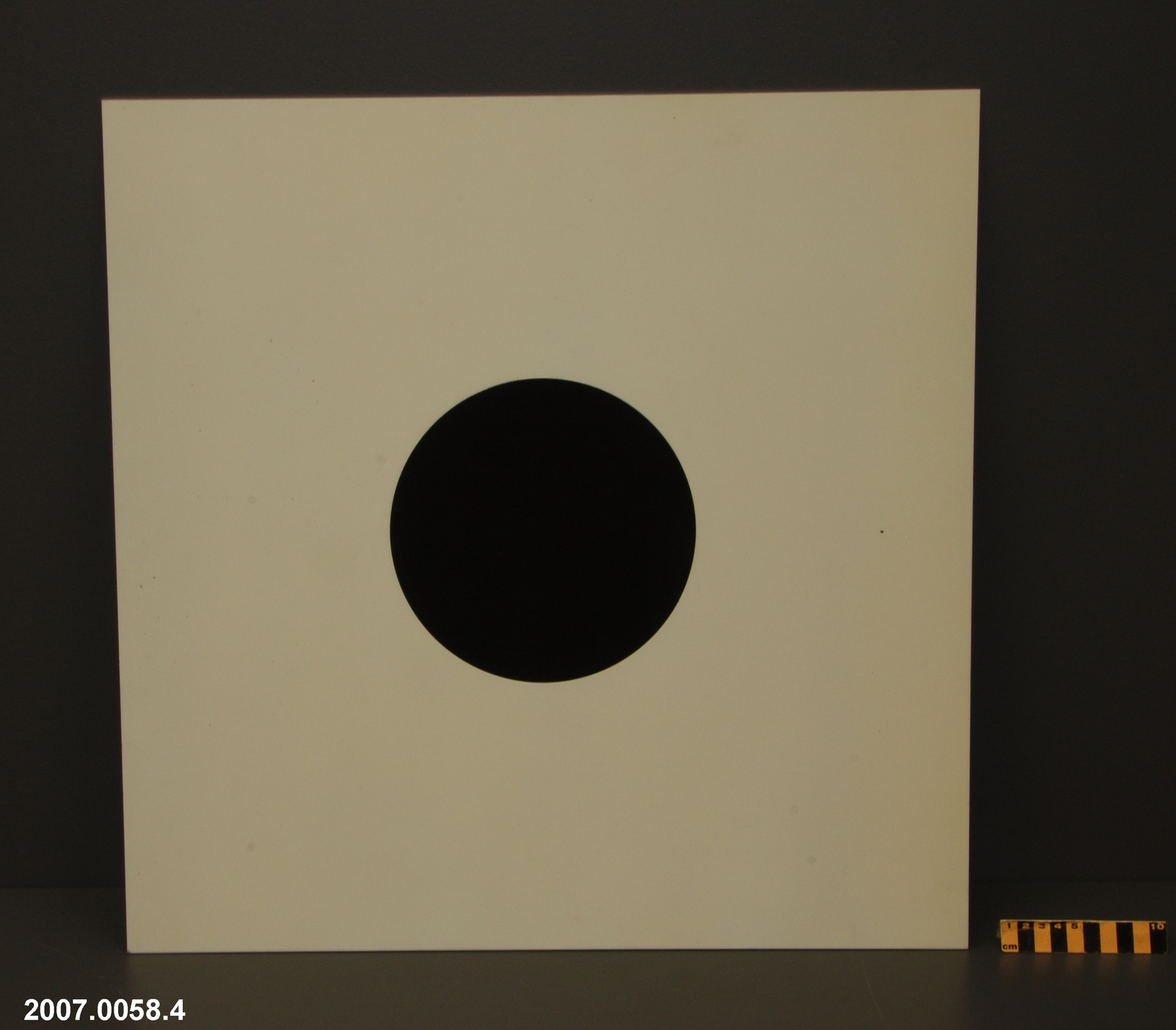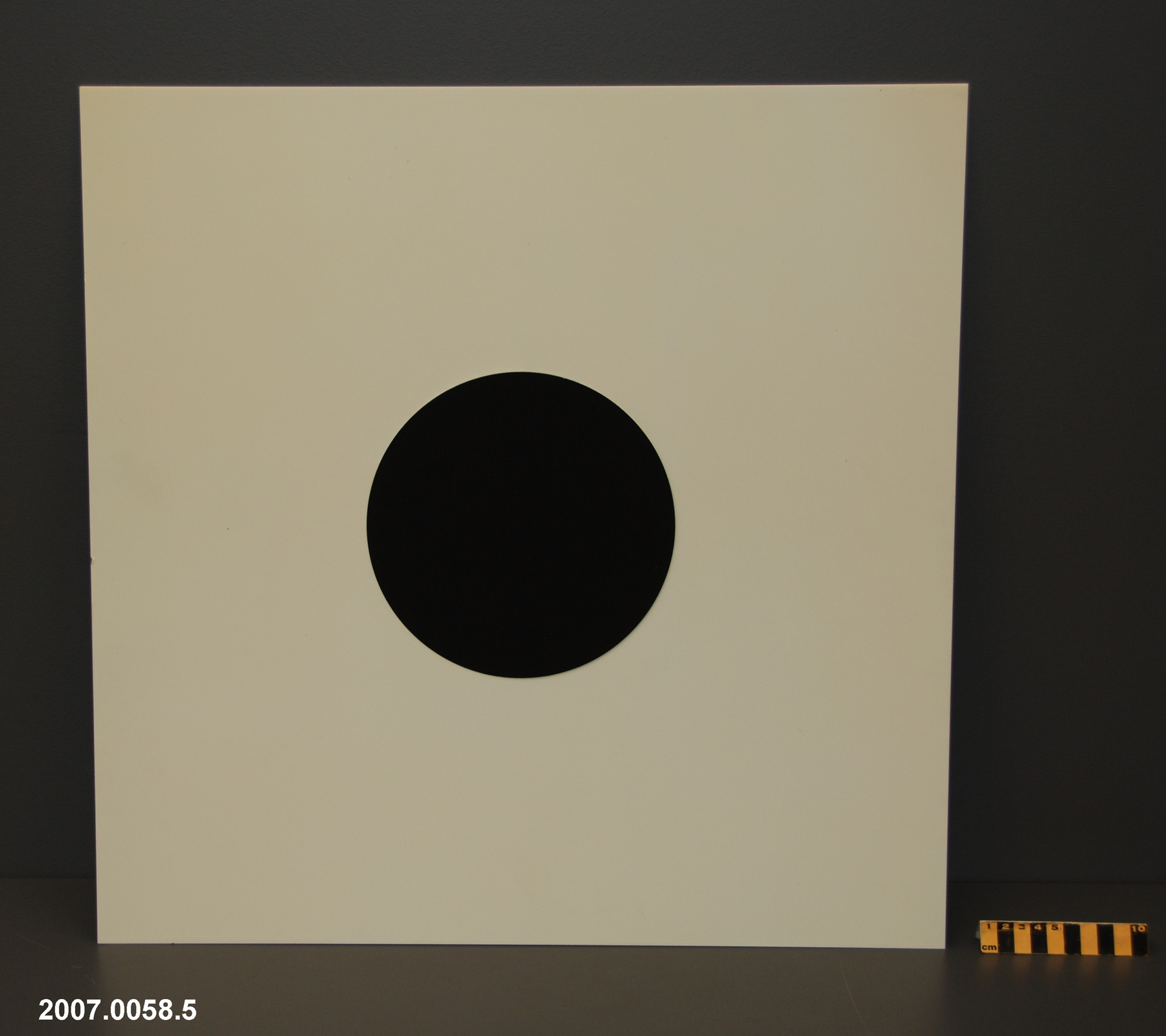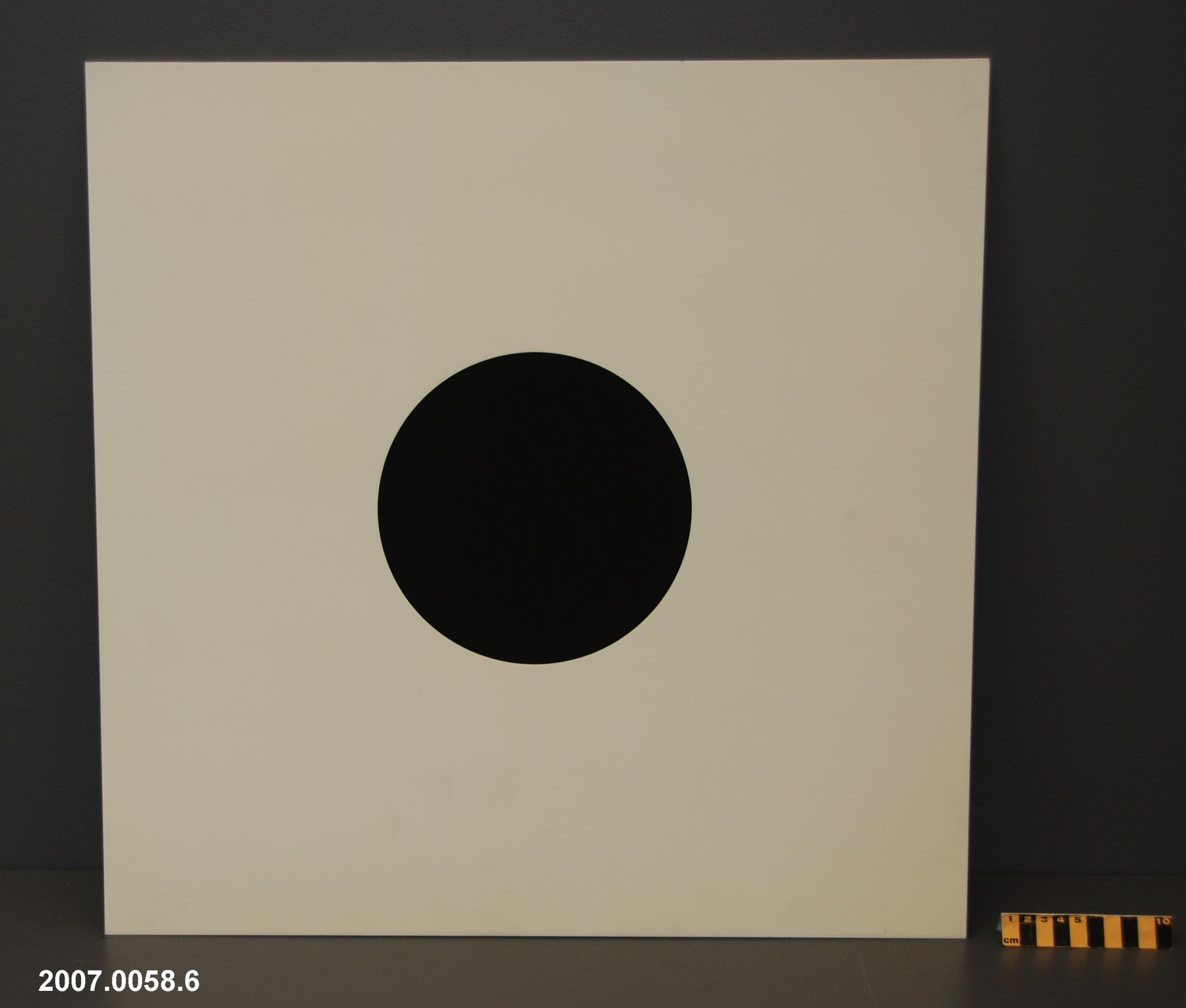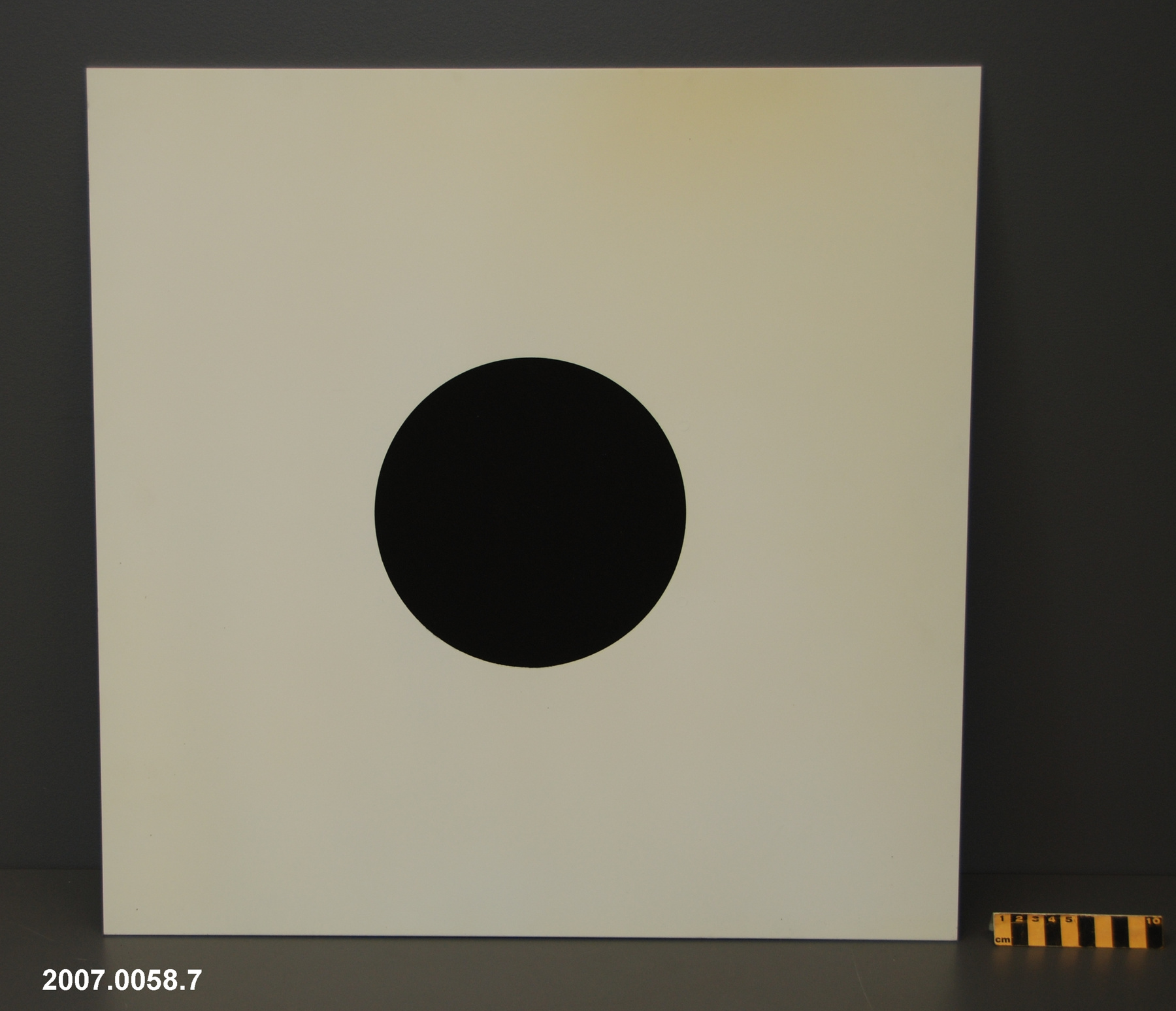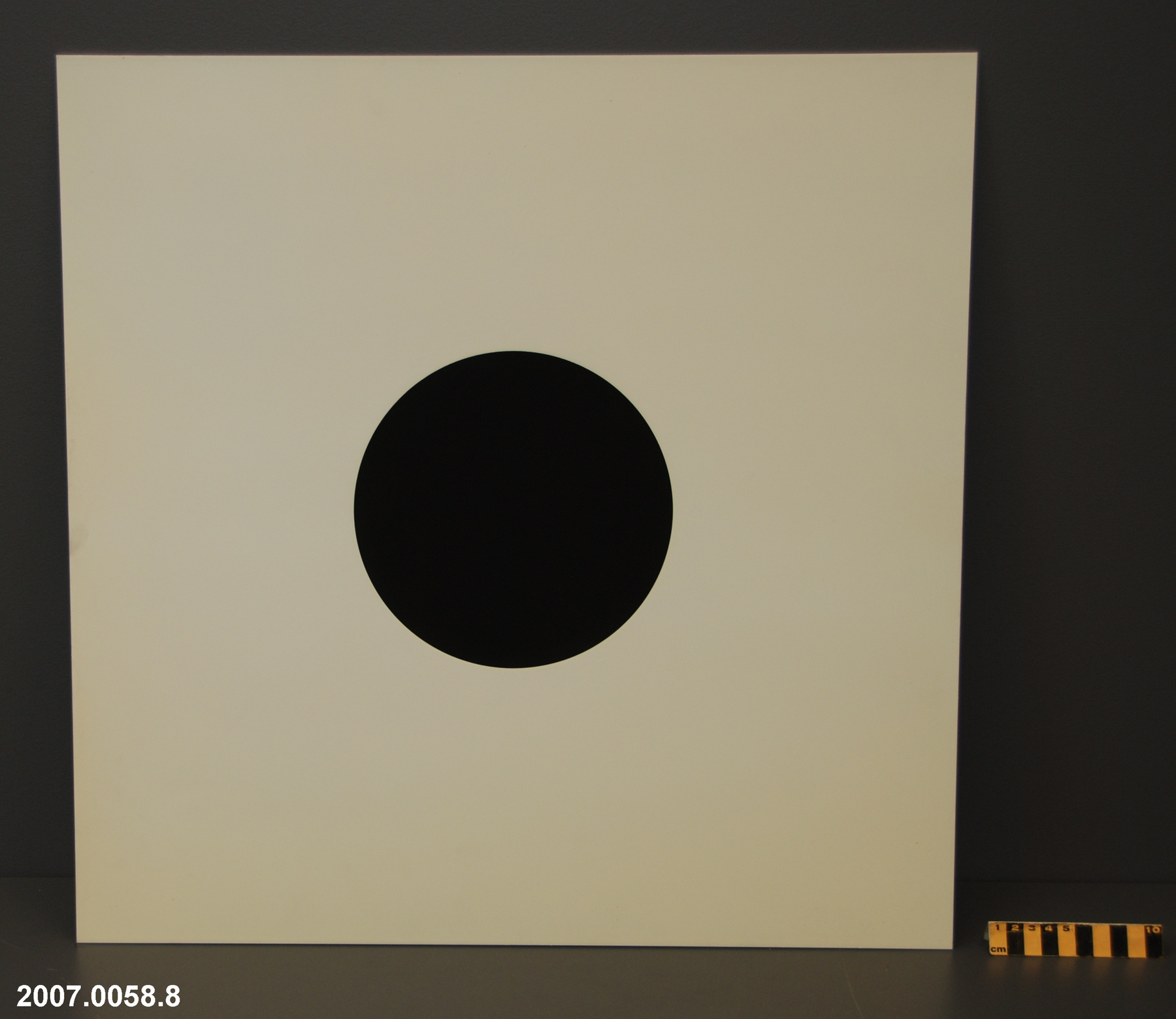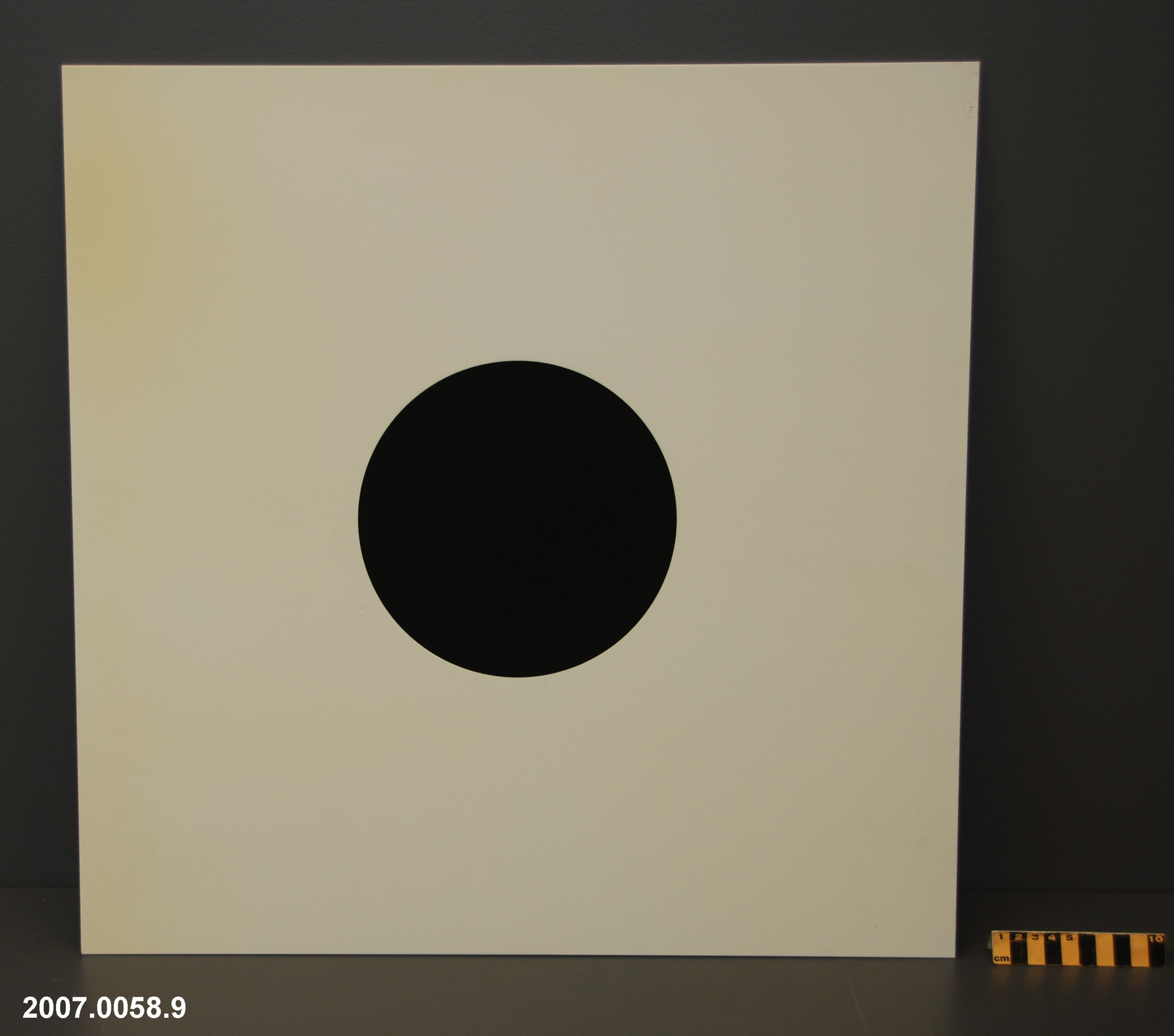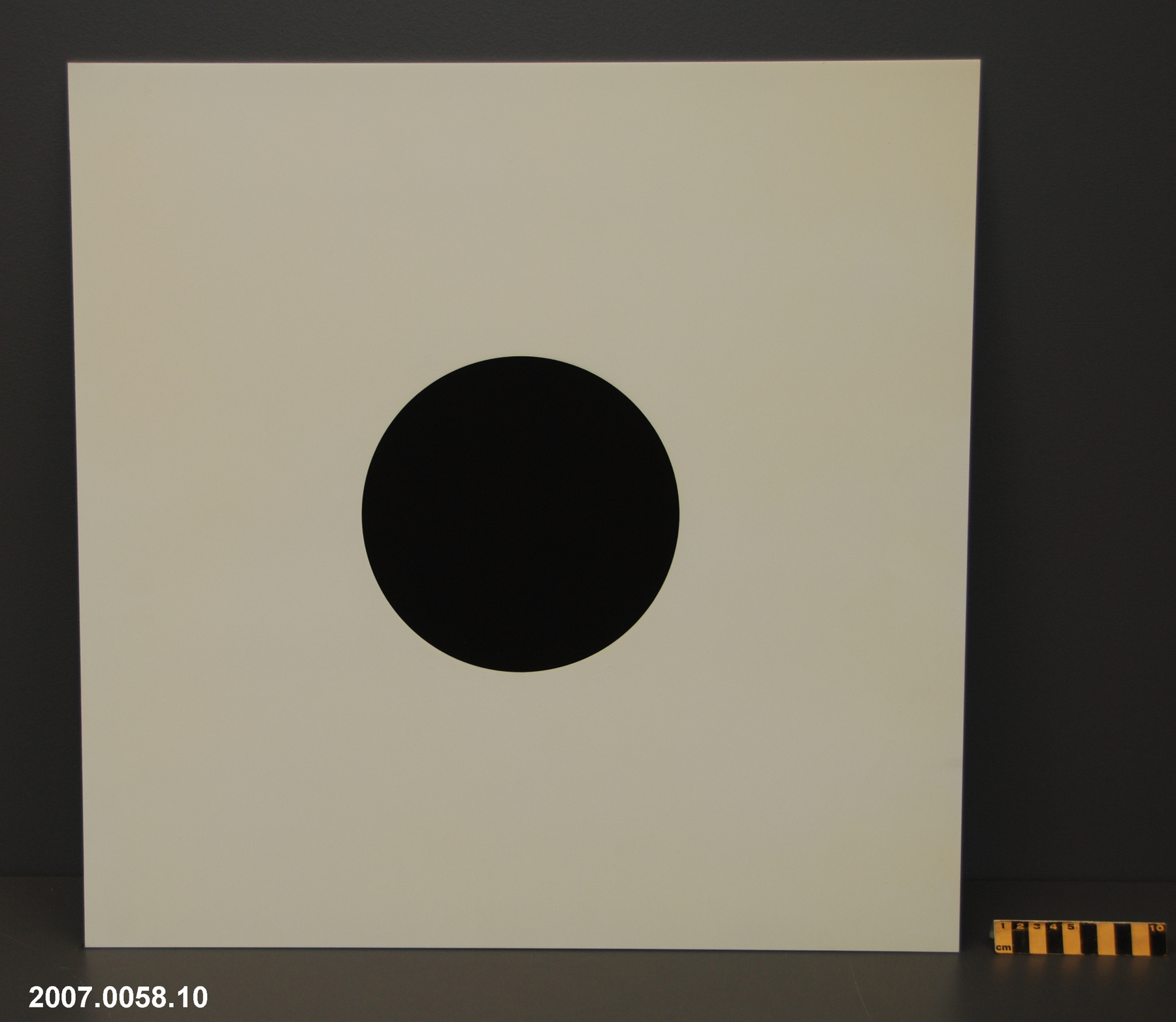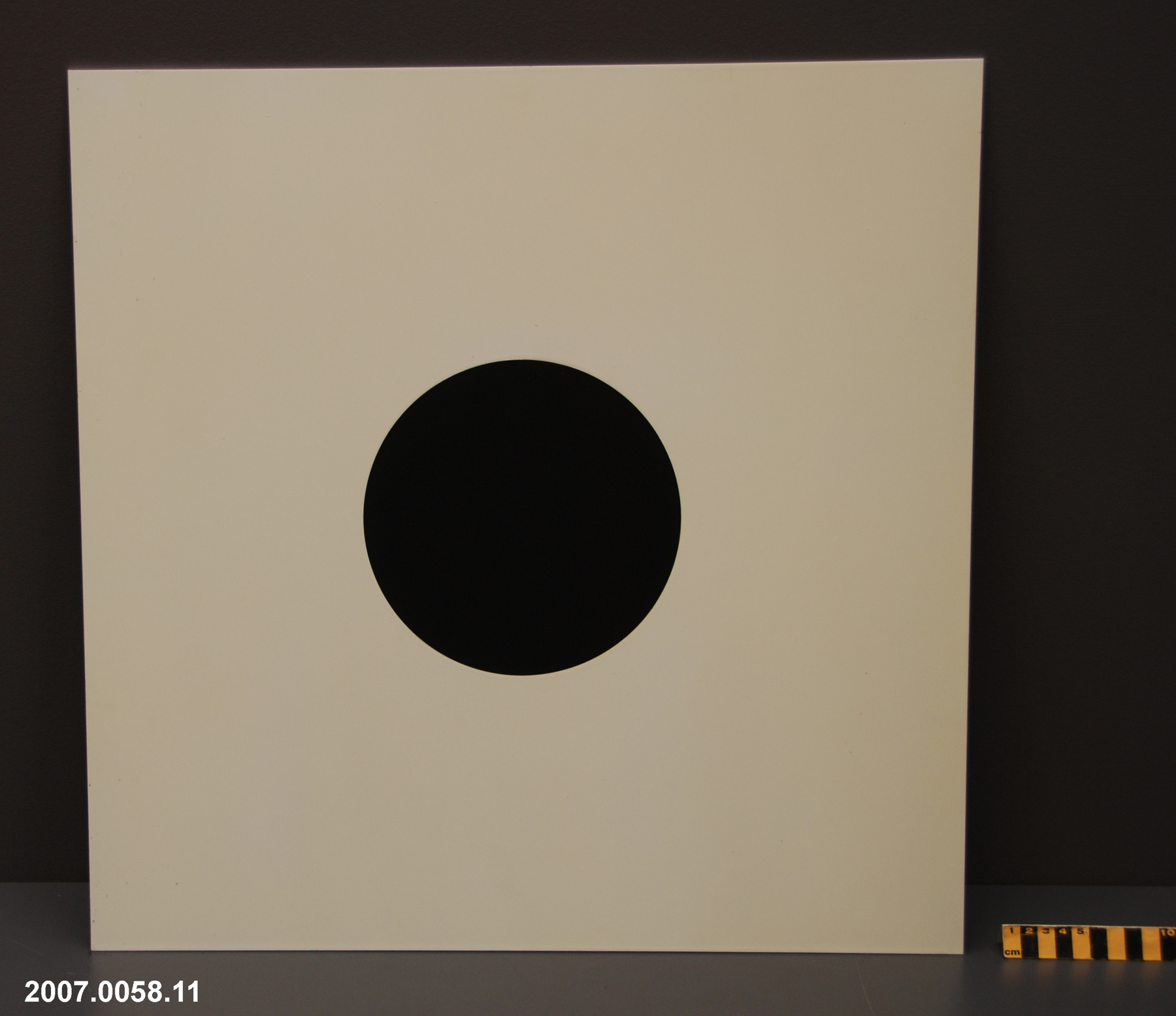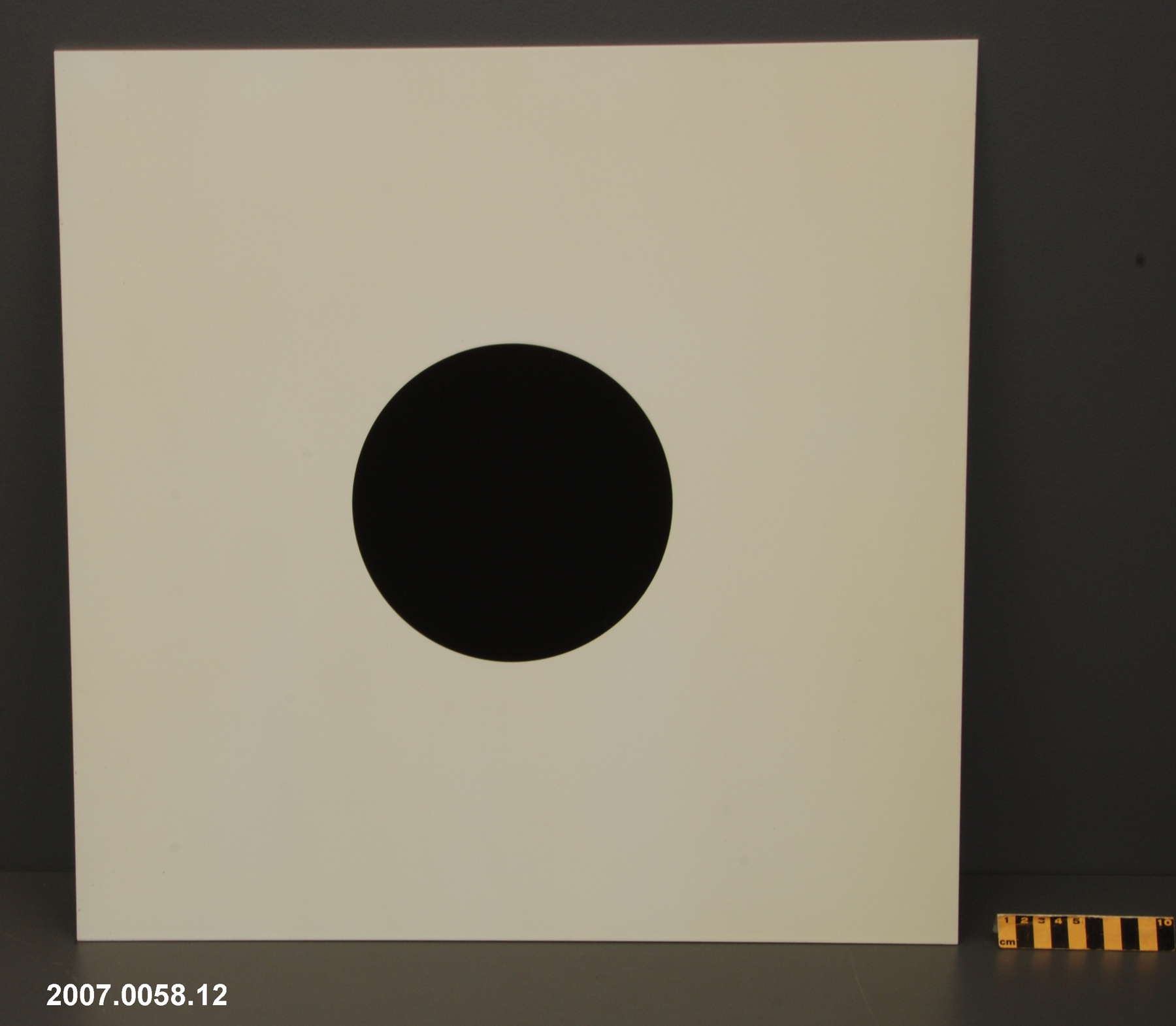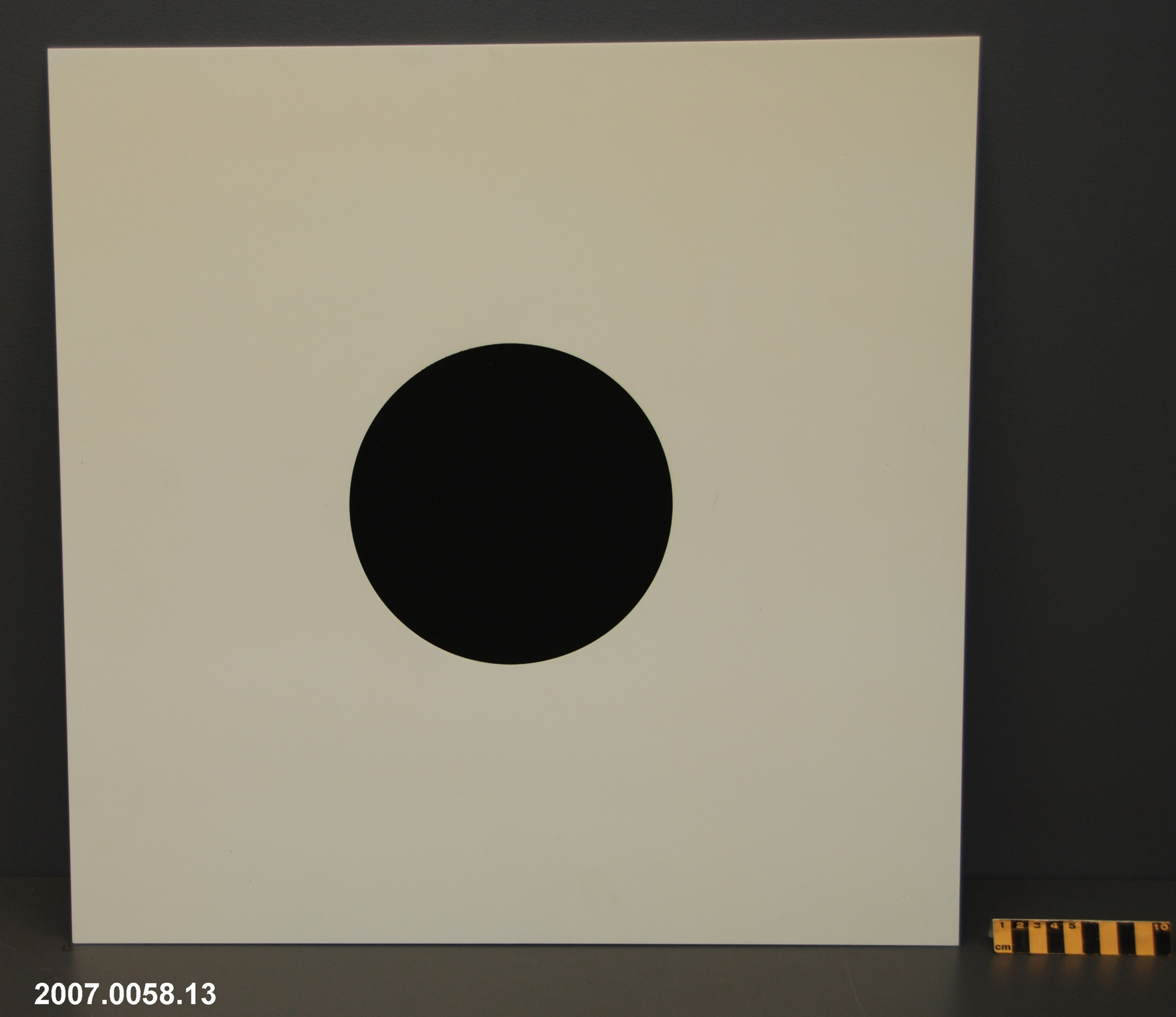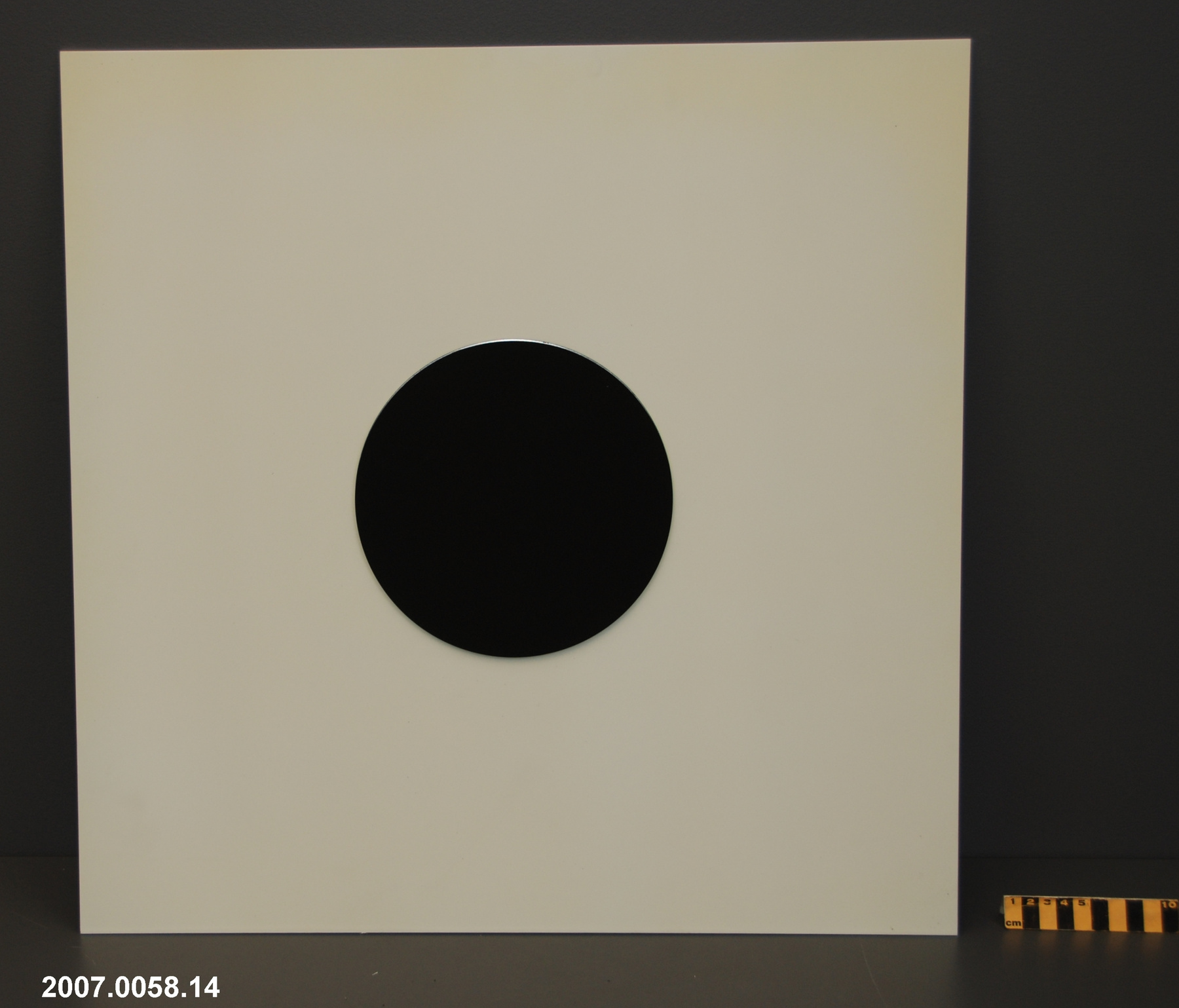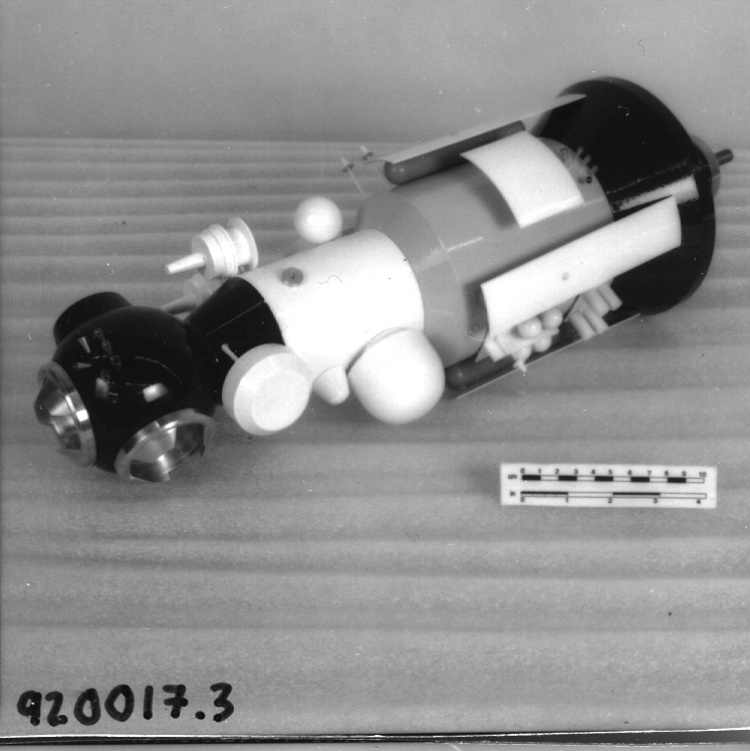Space station model
Use this image
Can I reuse this image without permission? Yes
Object images on the Ingenium Collection’s portal have the following Creative Commons license:
Copyright Ingenium / CC BY-NC-ND (Attribution-NonCommercial 4.0 International (CC BY-NC 4.0)
ATTRIBUTE THIS IMAGE
Ingenium,
1992.0017.003
Permalink:
Ingenium is releasing this image under the Creative Commons licensing framework, and encourages downloading and reuse for non-commercial purposes. Please acknowledge Ingenium and cite the artifact number.
DOWNLOAD IMAGEPURCHASE THIS IMAGE
This image is free for non-commercial use.
For commercial use, please consult our Reproduction Fees and contact us to purchase the image.
- OBJECT TYPE
- N/A
- DATE
- 1990–1992
- ARTIFACT NUMBER
- 1992.0017.003
- MANUFACTURER
- Unknown
- MODEL
- Unknown
- LOCATION
- Unknown
More Information
General Information
- Serial #
- N/A
- Part Number
- 3
- Total Parts
- 21
- AKA
- Technology Module
- Patents
- N/A
- General Description
- METAL MODULES WITH METAL & SYNTHETIC PARTS
Dimensions
Note: These reflect the general size for storage and are not necessarily representative of the object's true dimensions.
- Length
- N/A
- Width
- N/A
- Height
- N/A
- Thickness
- N/A
- Weight
- N/A
- Diameter
- N/A
- Volume
- N/A
Lexicon
- Group
- Space Technology
- Category
- Manned spacecraft
- Sub-Category
- N/A
Manufacturer
- AKA
- Unknown
- Country
- Unknown
- State/Province
- Unknown
- City
- Unknown
Context
- Country
- Unknown
- State/Province
- Unknown
- Period
- Unknown
- Canada
-
A successor to the Salyut and Skylab space stations, MIR was launched in 1986 by the Soviet Union (later Russia). It was during the second shuttle-MIR docking by space shuttle Atlantis (STS-74, 12-20 November, 1995) that Chris Hadfield became the only Canadian to visit the space station. Hadfield flew as the first Canadian mission specialist, was the first Canadian to operate the Canadarm in orbit, and the only Canadian to ever board MIR. On this mission, Hadfield used the Canadarm and its Advanced Space Vision System (ASVS) and Canadian Target Assembly (CTA) to attach the docking module to MIR’s Kristall module. Space Vision System (SVS) and target assembly expediments had been performed in 1992 by Steve MacLean (STS-52 mission CANEX-2 experiments). The Shuttle-MIR Program lasted from 1994 to 1998, and MIR deorbited and broke up over the South Pacific on March 23, 2001. One of the legacies of MIR, cooperation from 15 nations and 5 space agencies (NASA, Russia, CSA, ESA, JAXA) paved the way for the International Space Station. - Function
-
1:25 scale model of one module of the MIR space station, part of a larger model of the whole station. - Technical
-
USSR'S THIRDGENERATION SPACE STATION, EMBODYING MODULARAPPROACH IN WHICH ORIGINAL CONFIGURATION CONSISTING OF MIR BASE MODULE WAS EXPANDED BY ADDITION OF OTHER MODULES WITH DIFFERENT FUNCTIONS & EQUIPMENT, INCREASING STATION'S USABLE VOLUME, ELECTRICAL POWER, & EXPERIMENTAL & CREW FACILITIES (1). - Area Notes
-
Unknown
Details
- Markings
- N/A
- Missing
- Appears complete
- Finish
- PAINTED GREY,GREEN, WHITE, MEDIUM BLUE, & METALLIC.
- Decoration
- N/A
CITE THIS OBJECT
If you choose to share our information about this collection object, please cite:
Unknown Manufacturer, Space station model, between 1990–1992, Artifact no. 1992.0017, Ingenium – Canada’s Museums of Science and Innovation, http://collection.ingeniumcanada.org/en/id/1992.0017.003/
FEEDBACK
Submit a question or comment about this artifact.
More Like This

